
Orc
Who is a Orc?
An orc is a fictional creature that appears in various fantasy stories and games.
The term orc was popularized by J.R.R. Tolkien, who used it to describe a race of humanoid monsters that served the evil forces in his Middle-earth world.
Tolkien's orcs were corrupted and twisted versions of elves, who were captured and tortured by the Dark Lord Morgoth.
They were ugly, violent, and hateful of everything good and beautiful.
Tolkien's orcs were also called goblins, especially in his earlier works such as The Hobbit.
Tolkien's concept of orcs has influenced many other fantasy writers and game designers, who have created their own versions of orcs with different characteristics and origins.
For example, in the Dungeons & Dragons game, orcs are a savage and barbaric race that often raid and pillage human settlements.
They are usually depicted as having green or gray skin, tusks, and muscular bodies.
In the Warcraft franchise, orcs are a noble and shamanistic race that came from another world called Draenor.
They were corrupted by a demonic force called the Burning Legion, but some of them managed to break free and form a new faction called the Horde.
They are usually depicted as having brown or green skin, red eyes, and large lower canines.
Orcs are typically portrayed as enemies or antagonists in most fantasy stories and games, but some works also feature orcs as protagonists or allies.
For example, in the Shadowrun game, orcs are one of the metahuman races that emerged after a magical event called the Awakening.
They are often discriminated and oppressed by the human-dominated society, but they also have their own culture and identity.
They are usually depicted as having human-like features, but with larger and more robust bodies, pointed ears, and pronounced lower teeth.
In summary, an orc is a fictional creature that has many different interpretations and variations in fantasy fiction.
The term orc originated from the Old English word for a demon or a monster, and was used by J.R.R. Tolkien to describe a race of corrupted elves in his Middle-earth world.
Since then, many other fantasy writers and game designers have created their own versions of orcs, with different appearances, origins, and personalities.
Orcs are often used as villains or adversaries, but some works also show them as heroes or allies.
Orcs are one of the most common and popular fantasy races, and have become a part of the modern pop culture.
Example of the color palette for the image of Orc
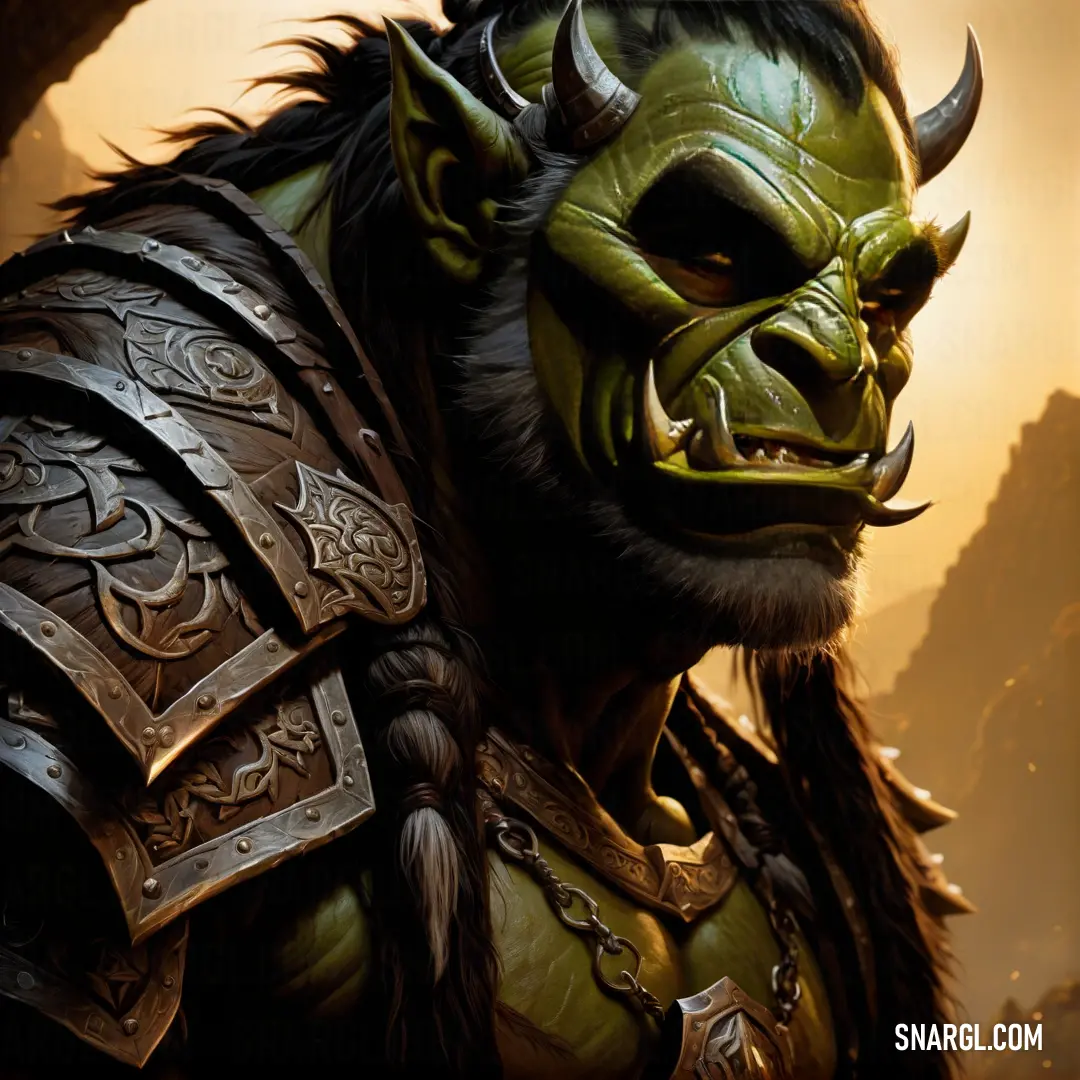
See these colors in NCS, PANTONE, RAL palettes...
Example of the color palette for the image of Orc
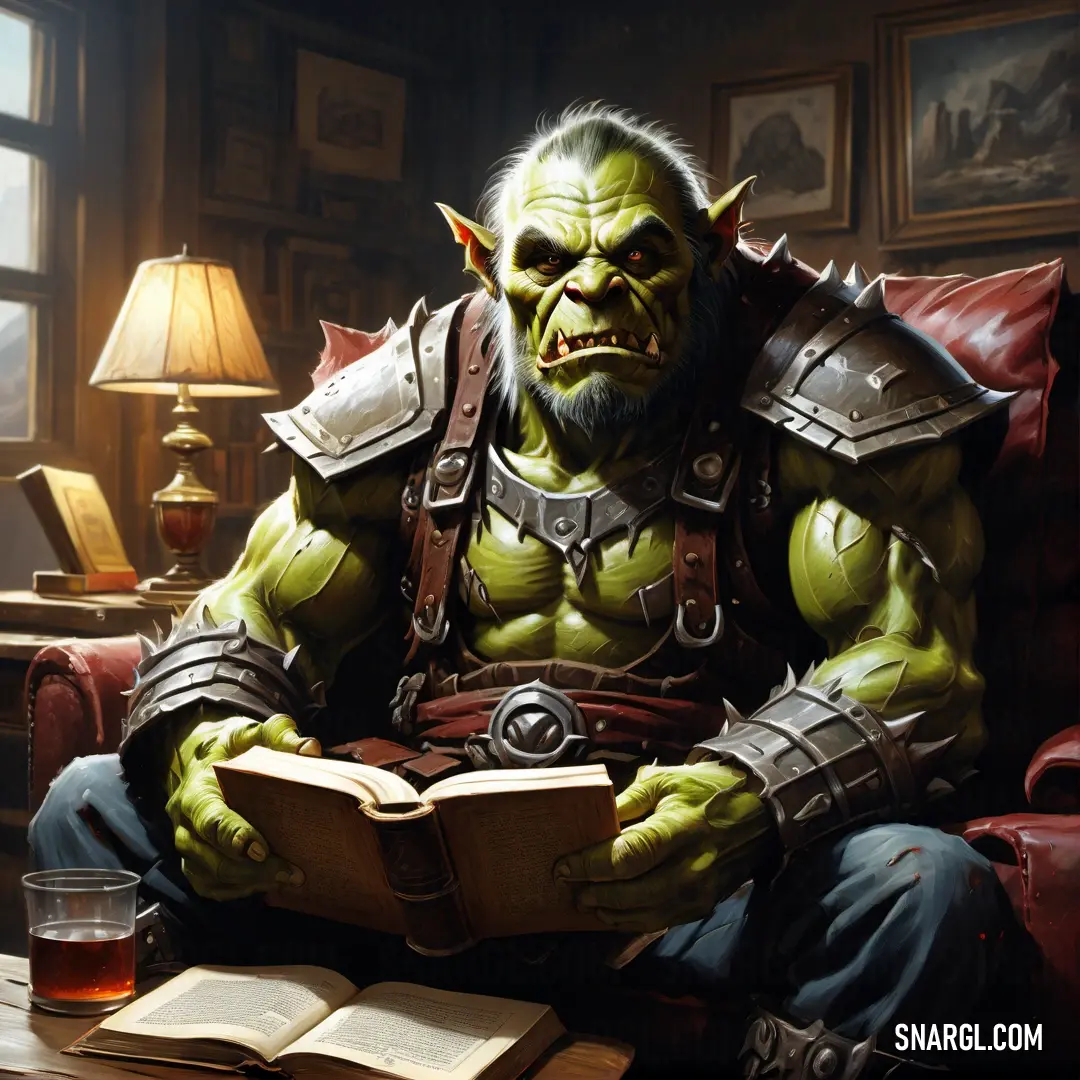
See these colors in NCS, PANTONE, RAL palettes...
What does a Orc look like?
An orc is a fictional creature that resembles a humanoid monster.
They are usually depicted as having green or gray skin, muscular bodies, coarse hair, pointed ears, and prominent lower teeth that look like tusks.
These creatures are often armed with crude weapons and armor, and live in tribal societies that raid and plunder other races.
They are enemies of elves, dwarves, humans, and other good-aligned beings.
Orcs are a common feature of fantasy fiction and games, inspired by the works of J.R.R.Tolkien, who created them as corrupted elves that served the Dark Lords Morgoth and Sauron.
The word orc comes from Old English, where it meant a demon or a hell-devil.
Orcs are also known as orcs, orks, uruk-hai, goblins, and other names in different settings and adaptations.
Example of the color palette for the image of Orc
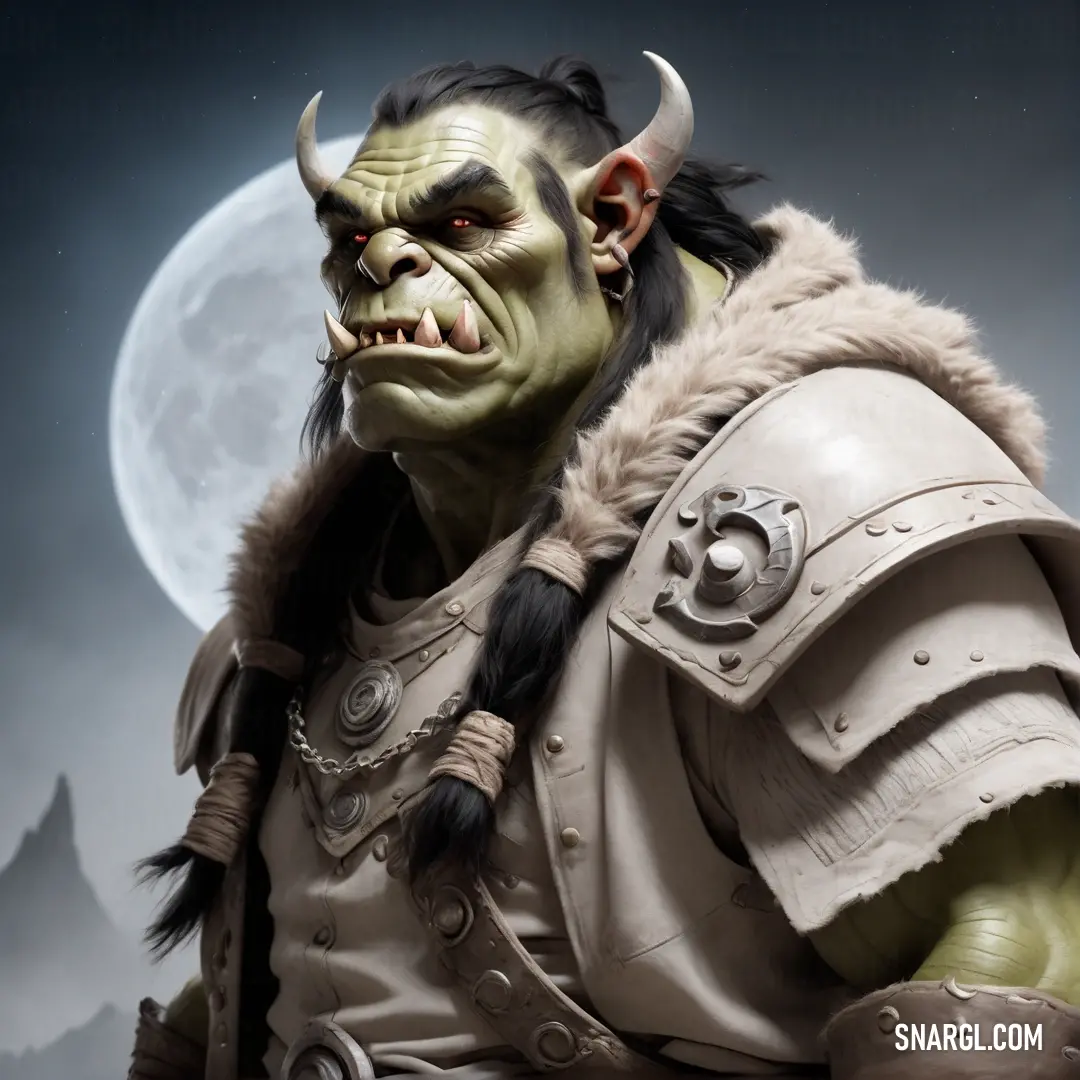
See these colors in NCS, PANTONE, RAL palettes...
Example of the color palette for the image of Orc
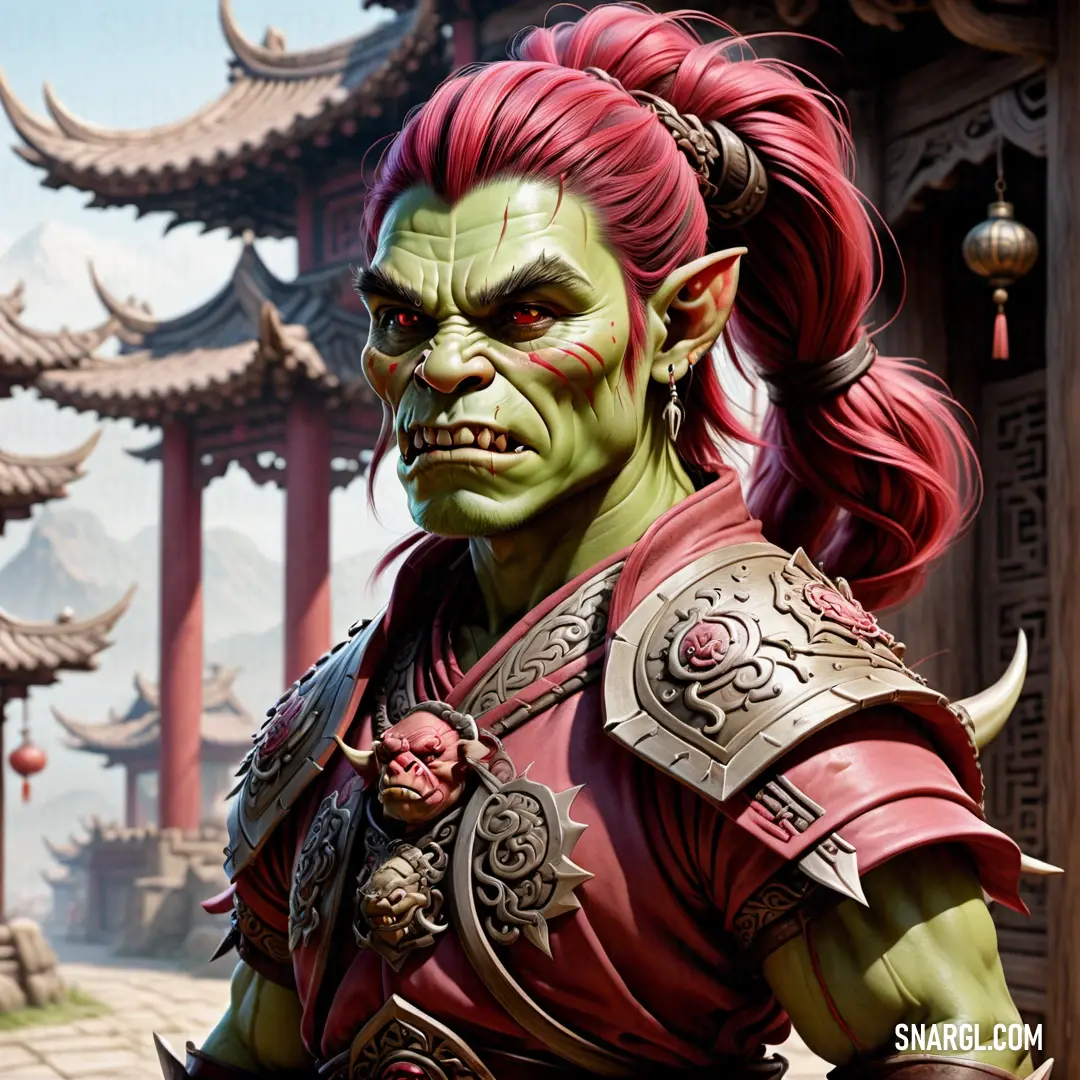
See these colors in NCS, PANTONE, RAL palettes...
Why do Orcs look like that?
Orcs look like that because they are the result of dark magic and torture.
According to the most popular theory, orcs were originally humans or elves who were corrupted and twisted by the evil power of Morgoth, the first Dark Lord in Tolkien's fantasy world.
This process changed their appearance, making them ugly, brutish, and malevolent.
Orcs have green or grey skin, yellow eyes, fangs, and tusks.
They also have a strong aversion to sunlight, which hurts their eyes and skin.
Orcs are usually depicted as savage, violent, and cruel creatures, who serve the forces of evil.
Orcs are one of the most iconic fantasy races, and have inspired many other authors and games to create their own versions of them.
Example of the color palette for the image of Orc
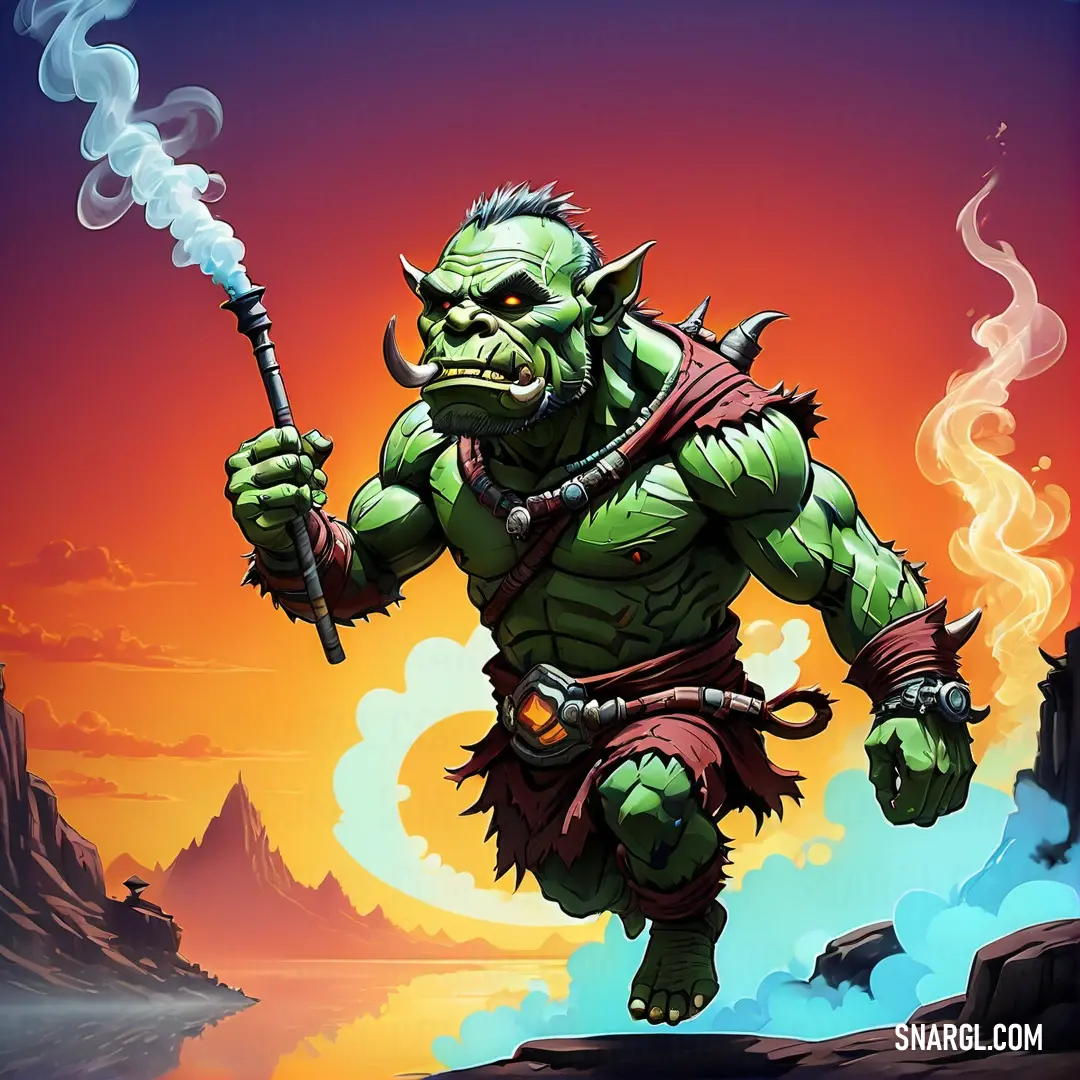
See these colors in NCS, PANTONE, RAL palettes...

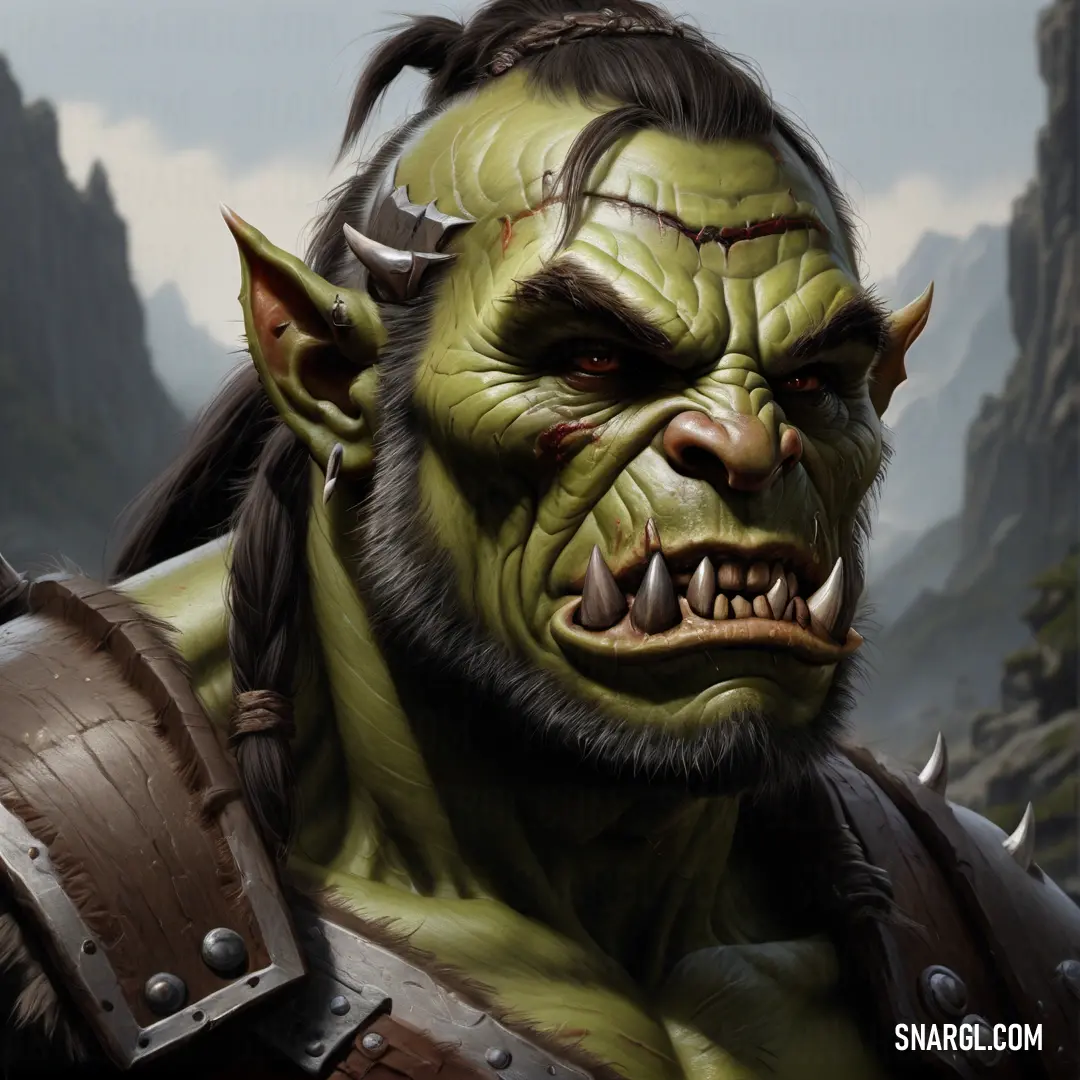
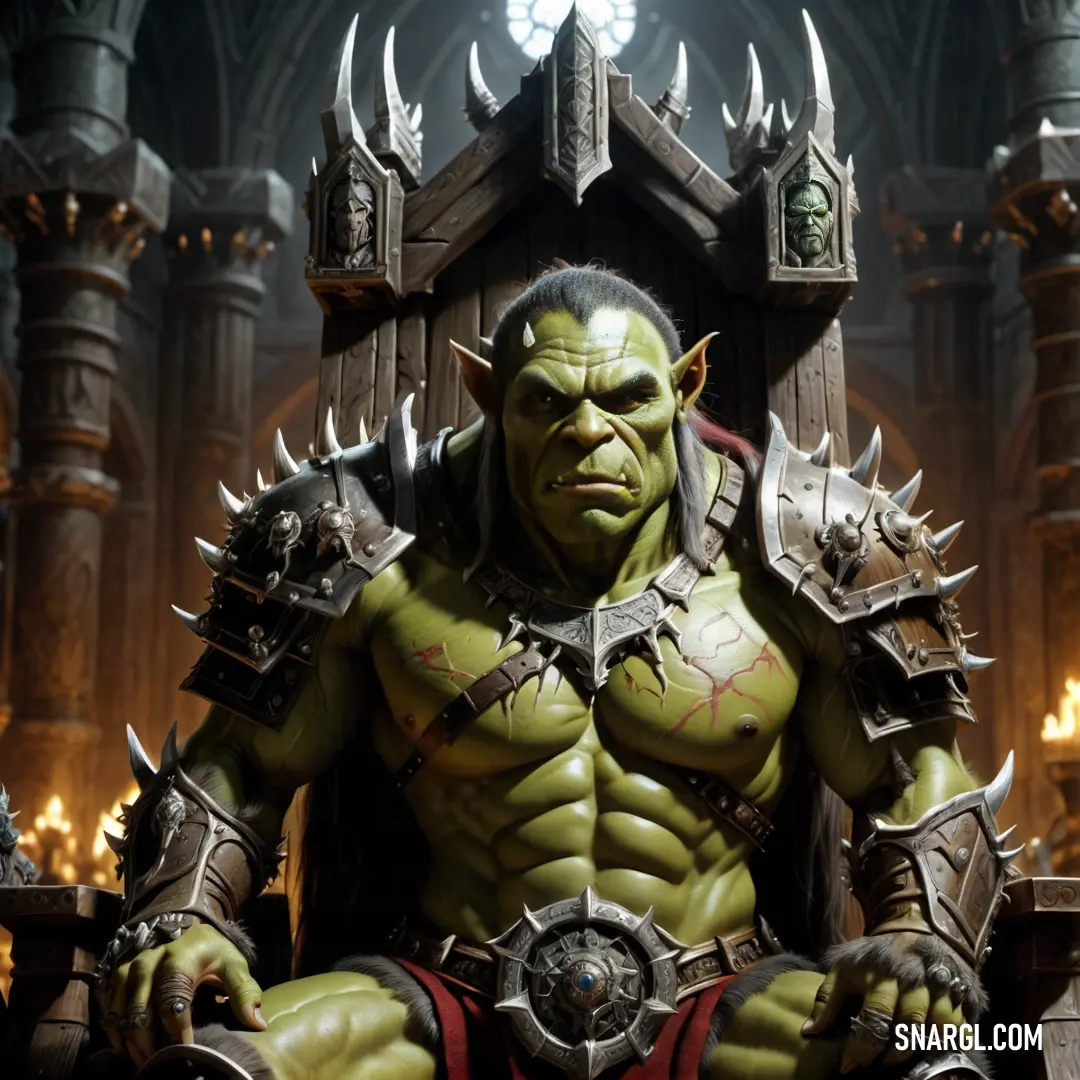
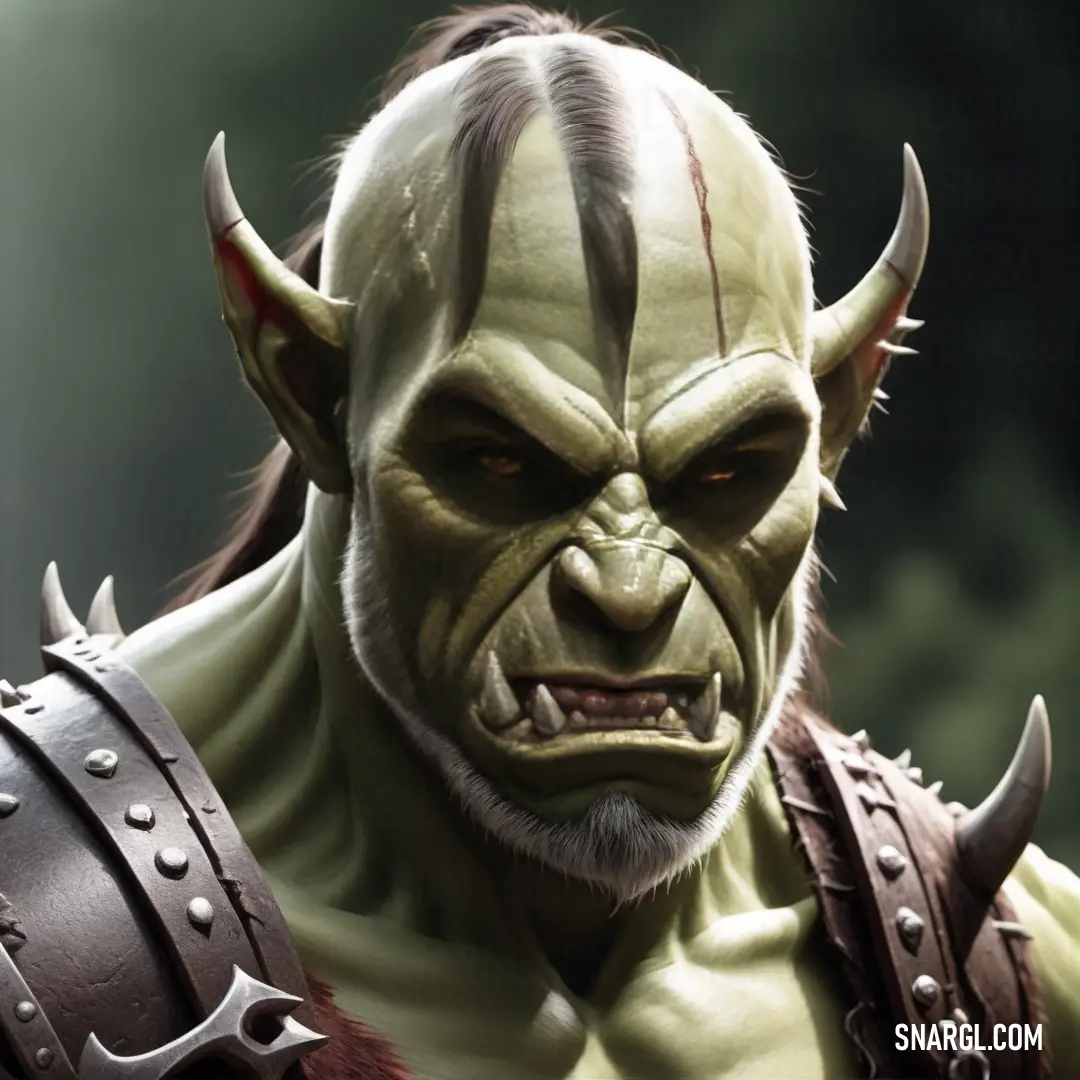
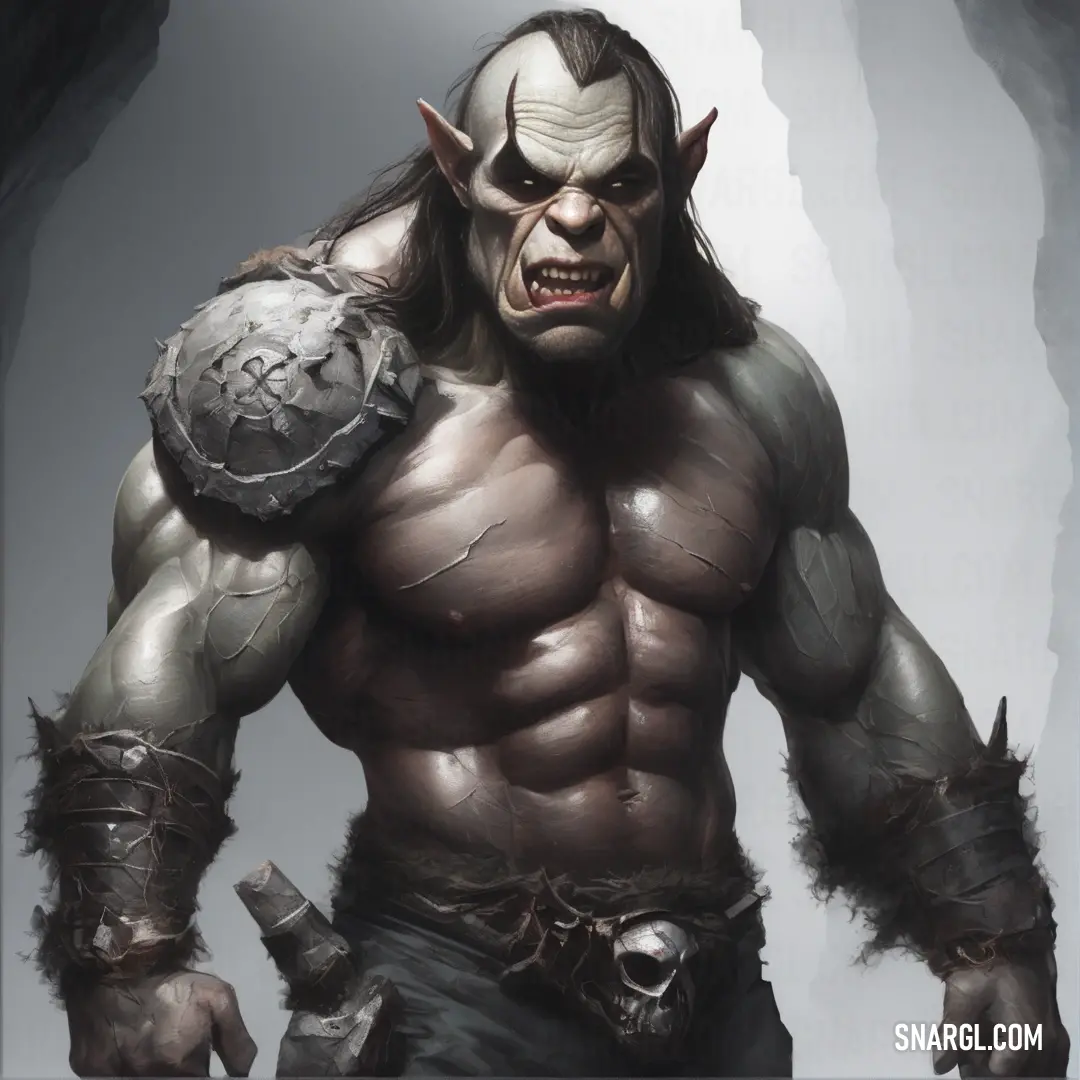
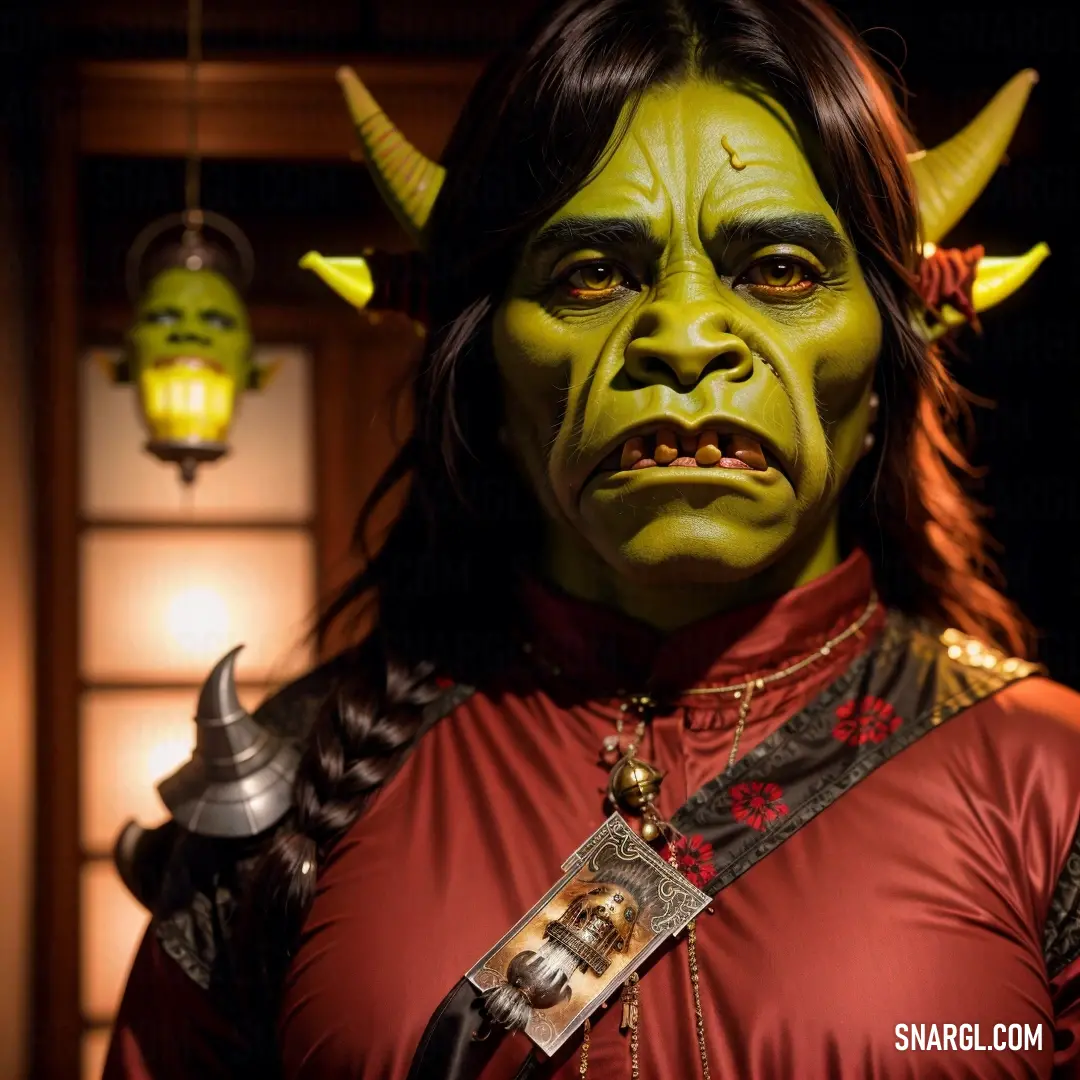
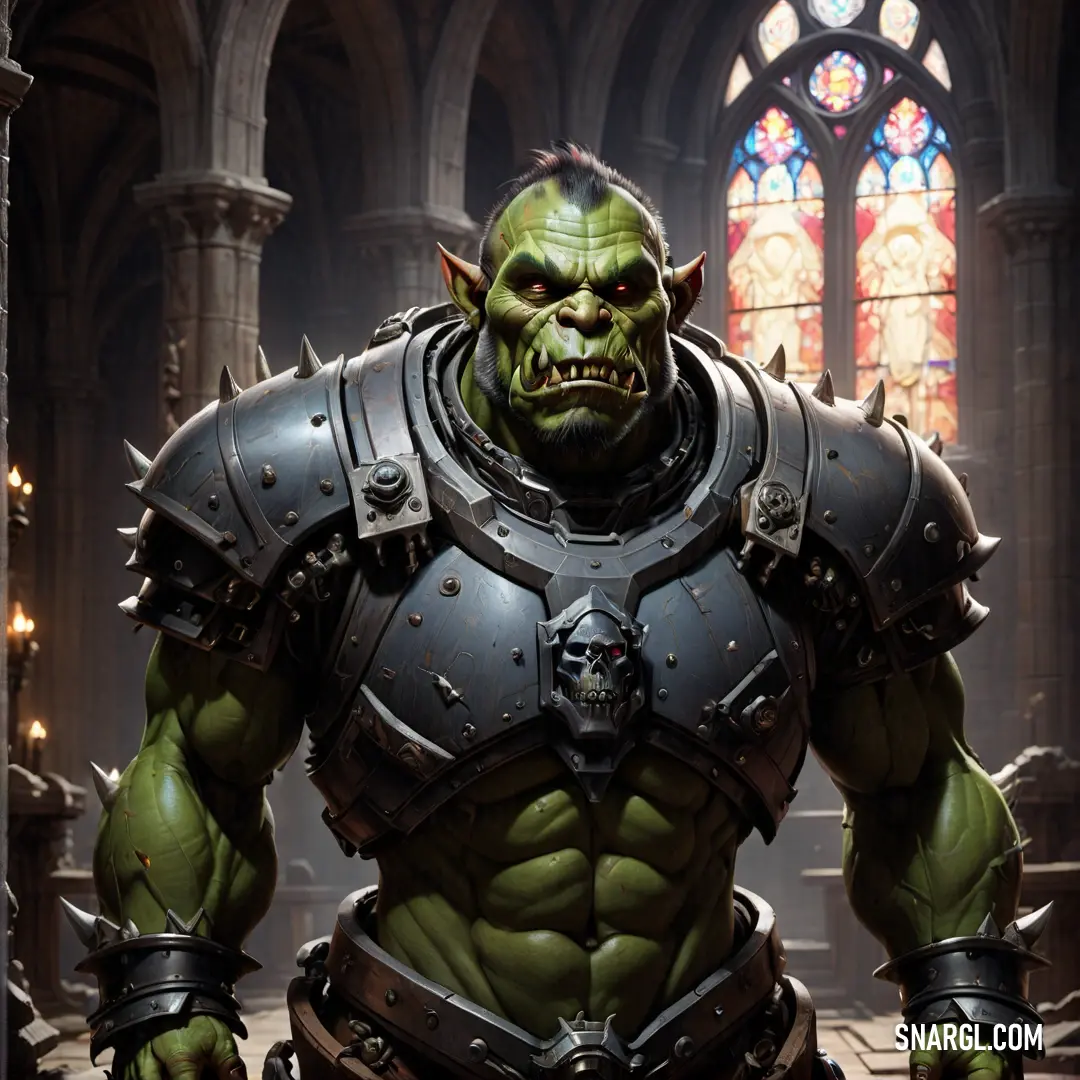
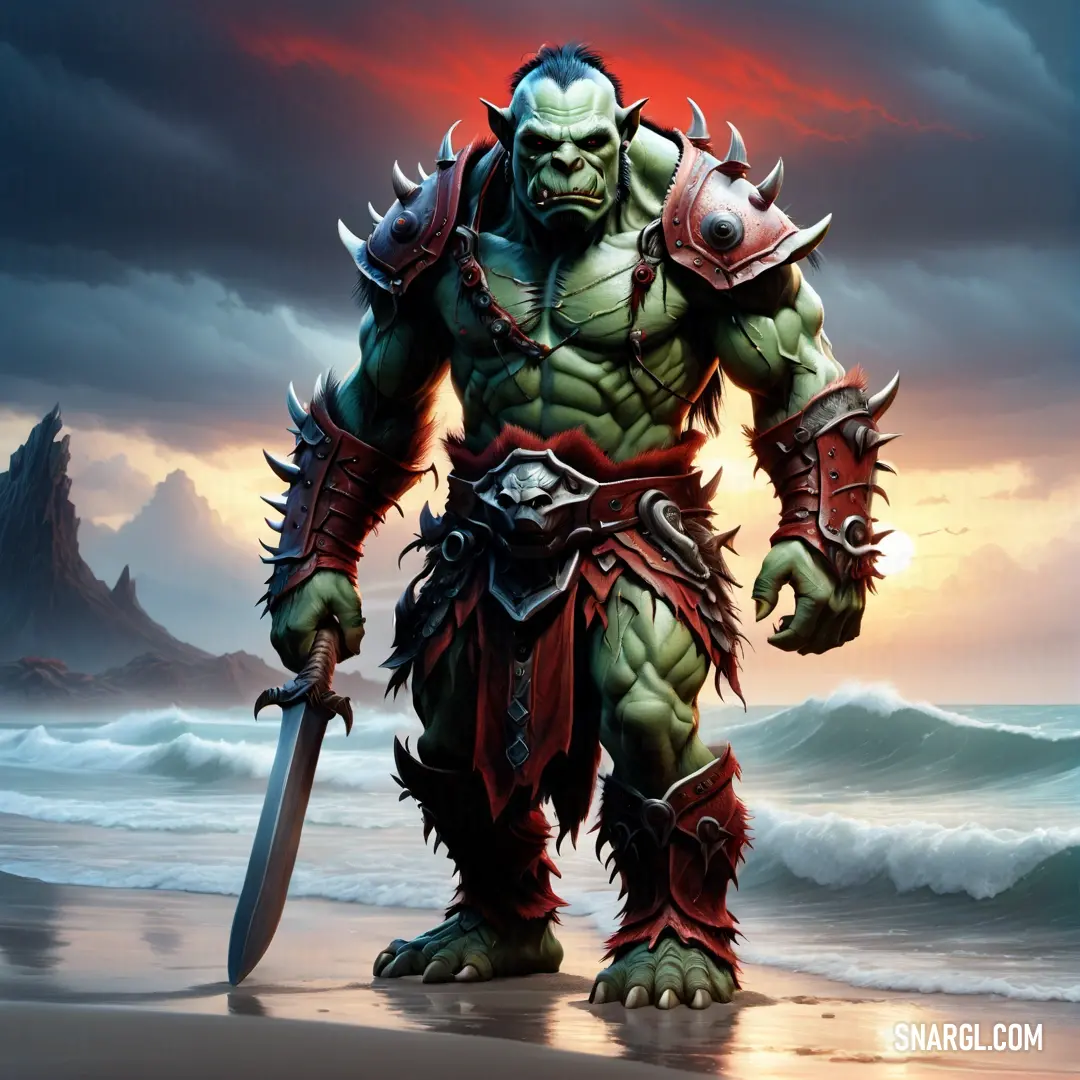
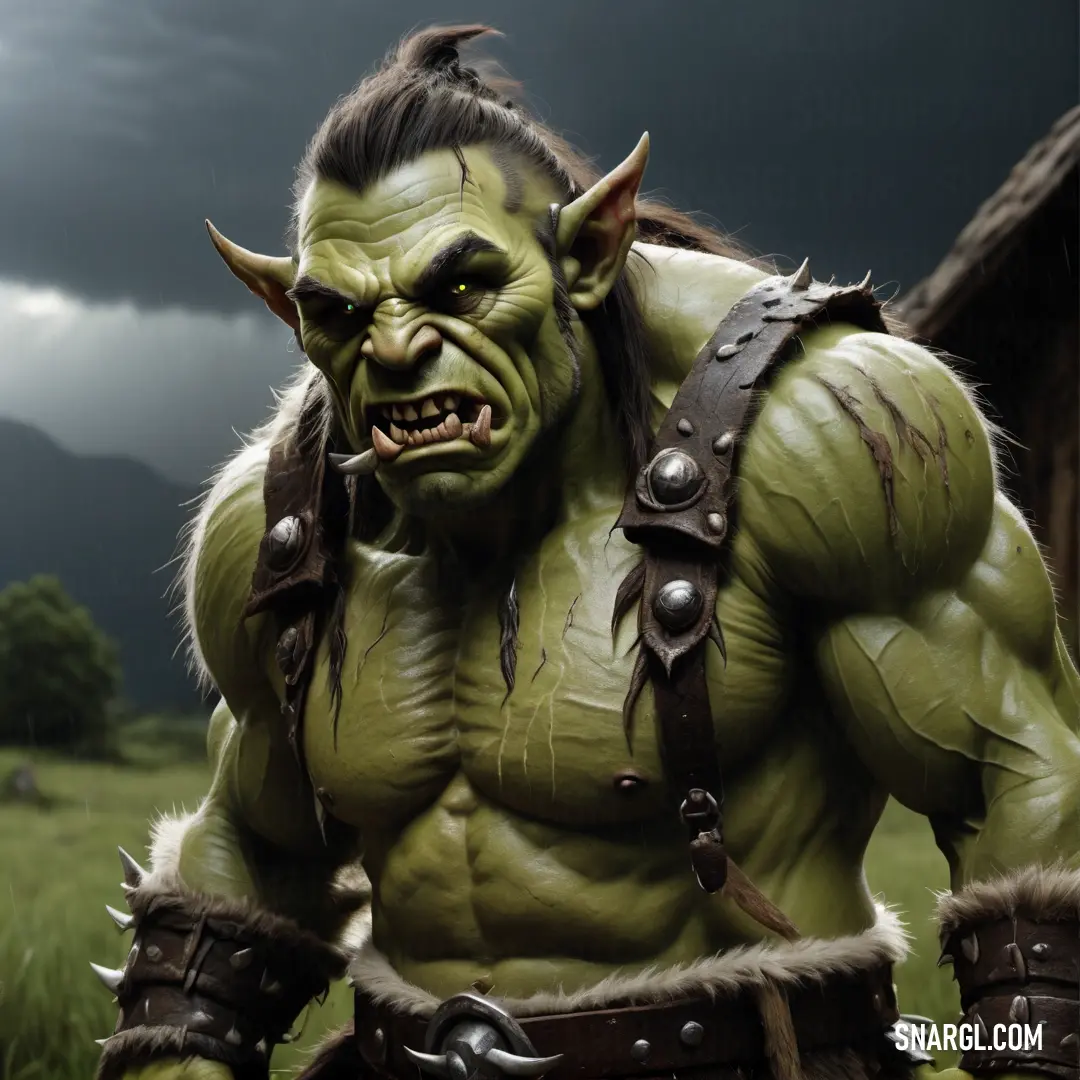
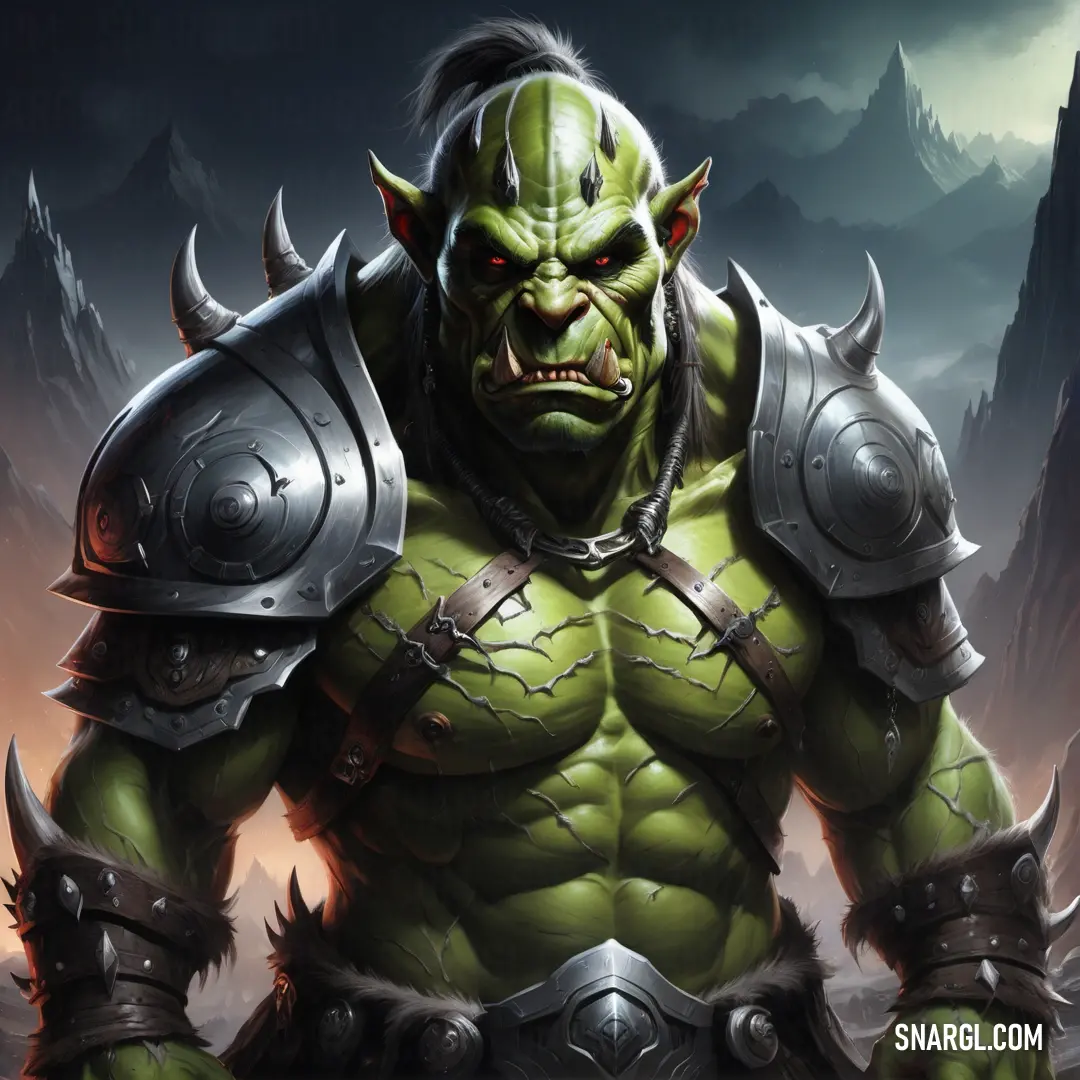
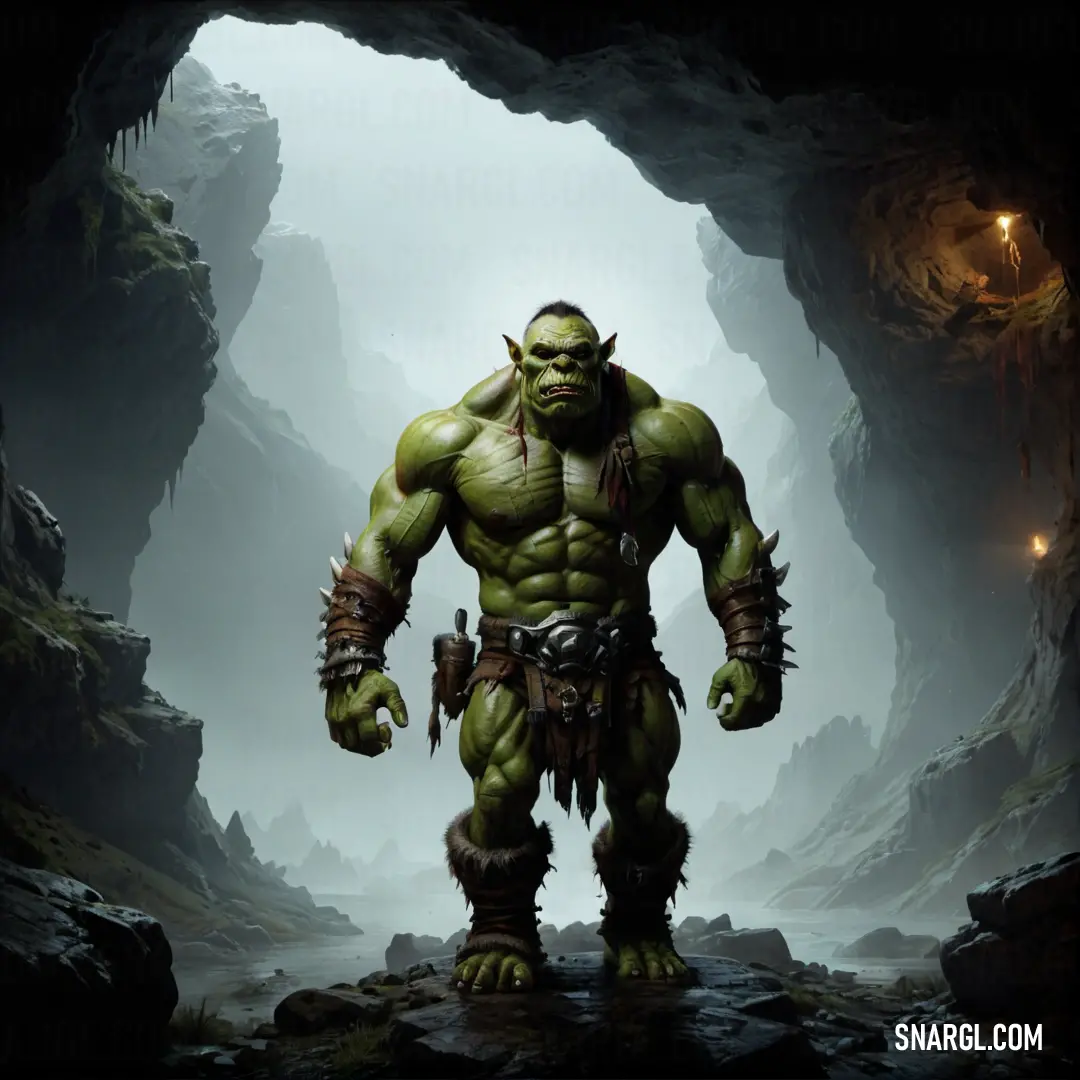
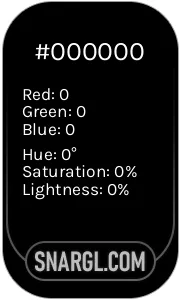 Black
Black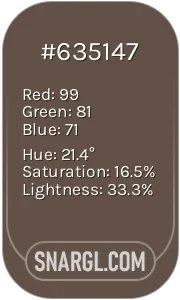 Umber
Umber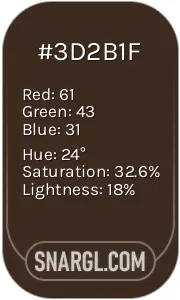 Bistre
Bistre Indian yellow
Indian yellow Beaver
Beaver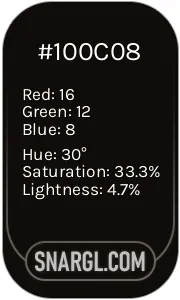 Smoky black
Smoky black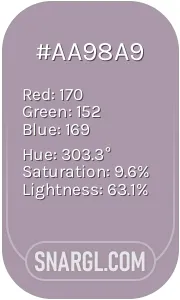 Rose quartz
Rose quartz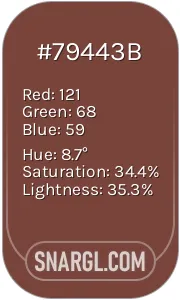 Bole
Bole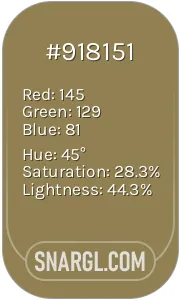 Dark tan
Dark tan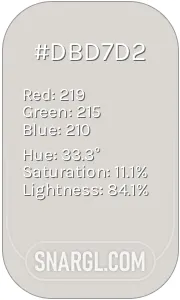 Timberwolf
Timberwolf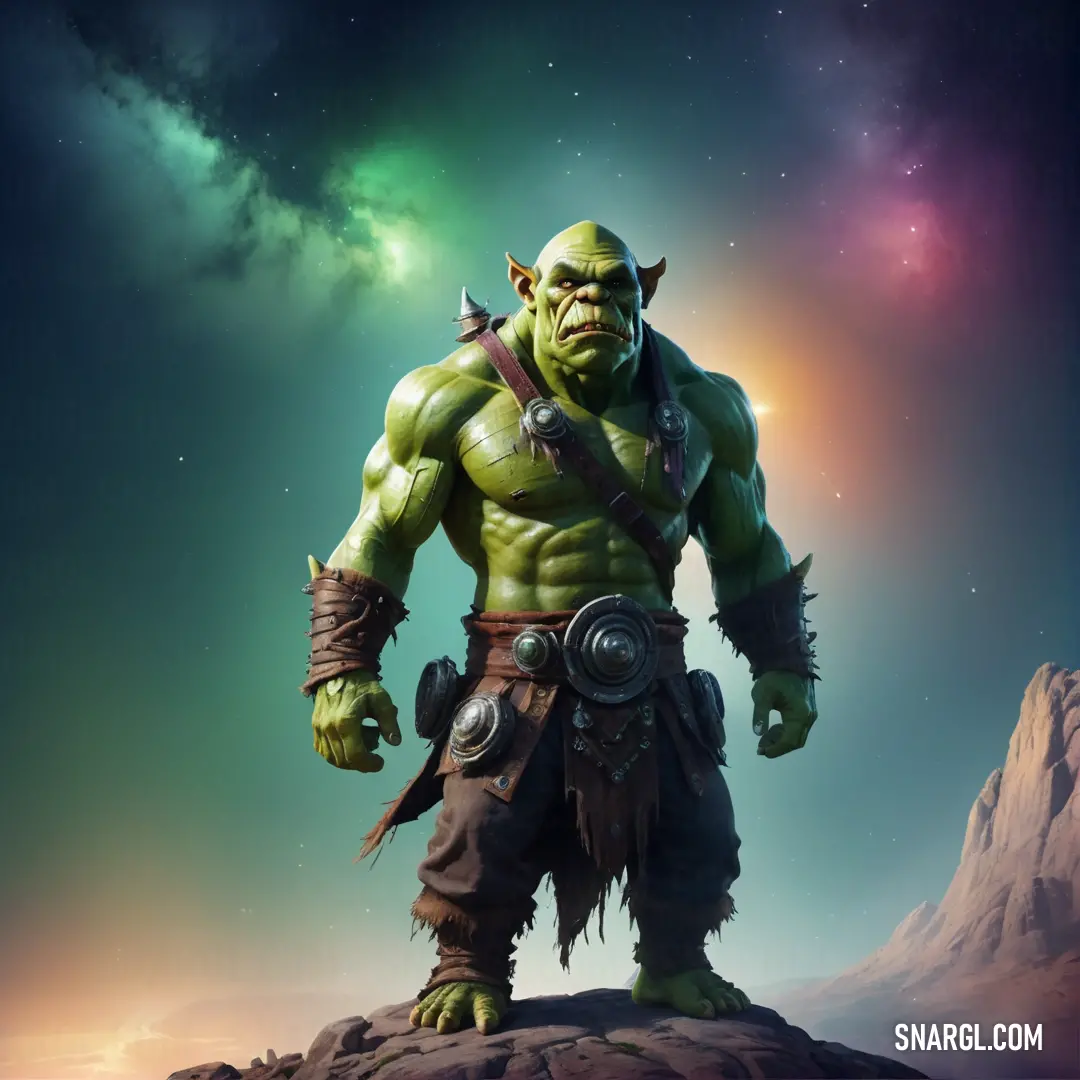
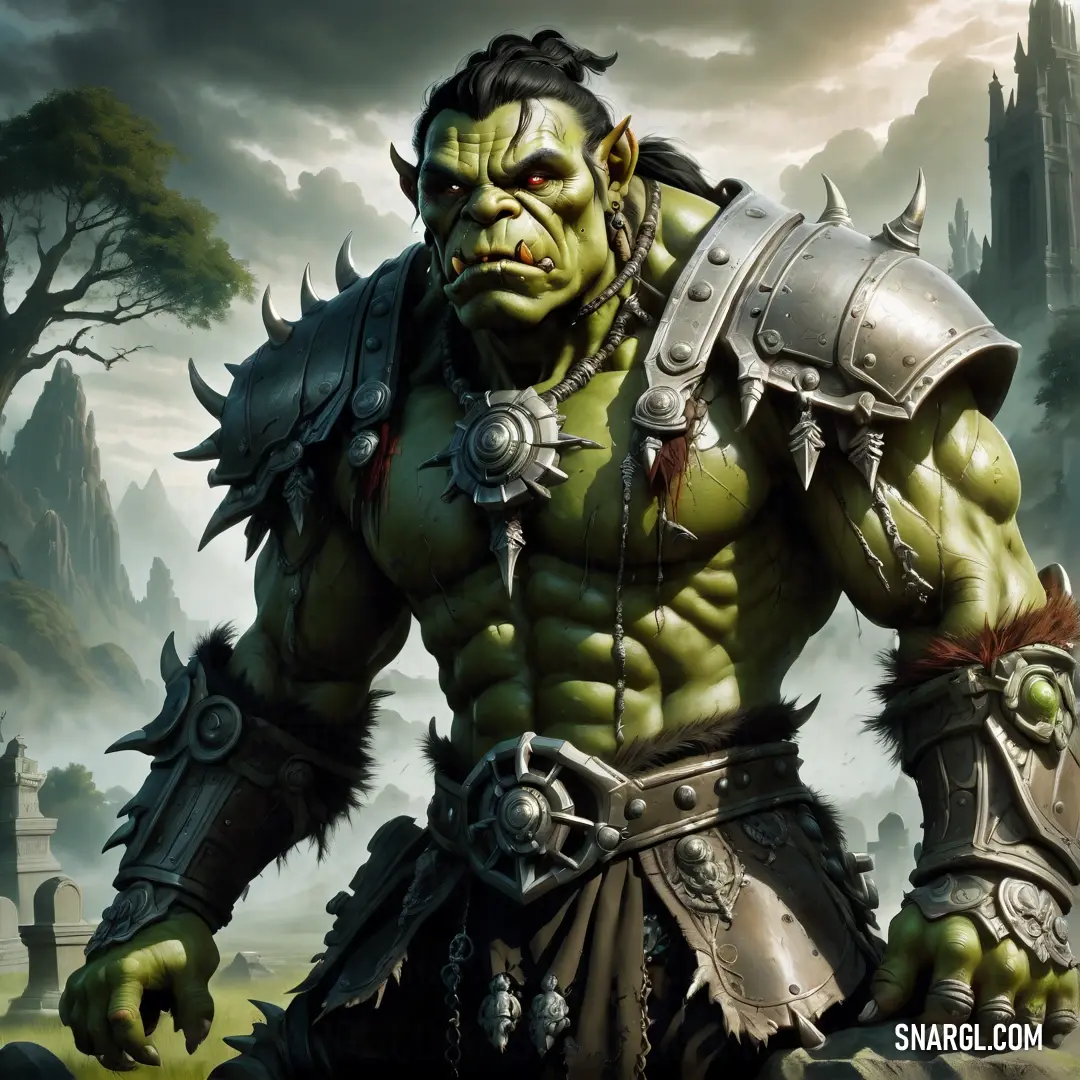
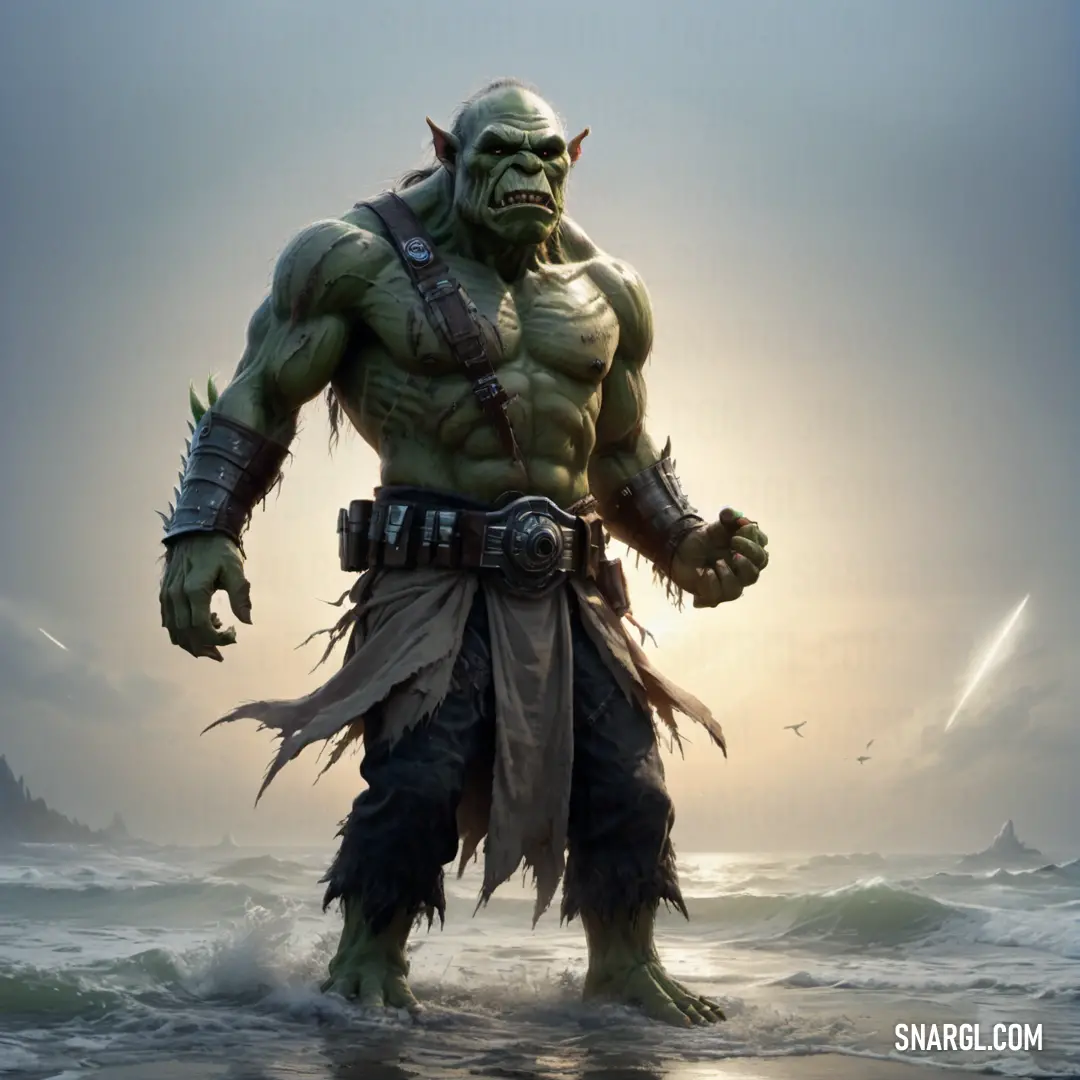
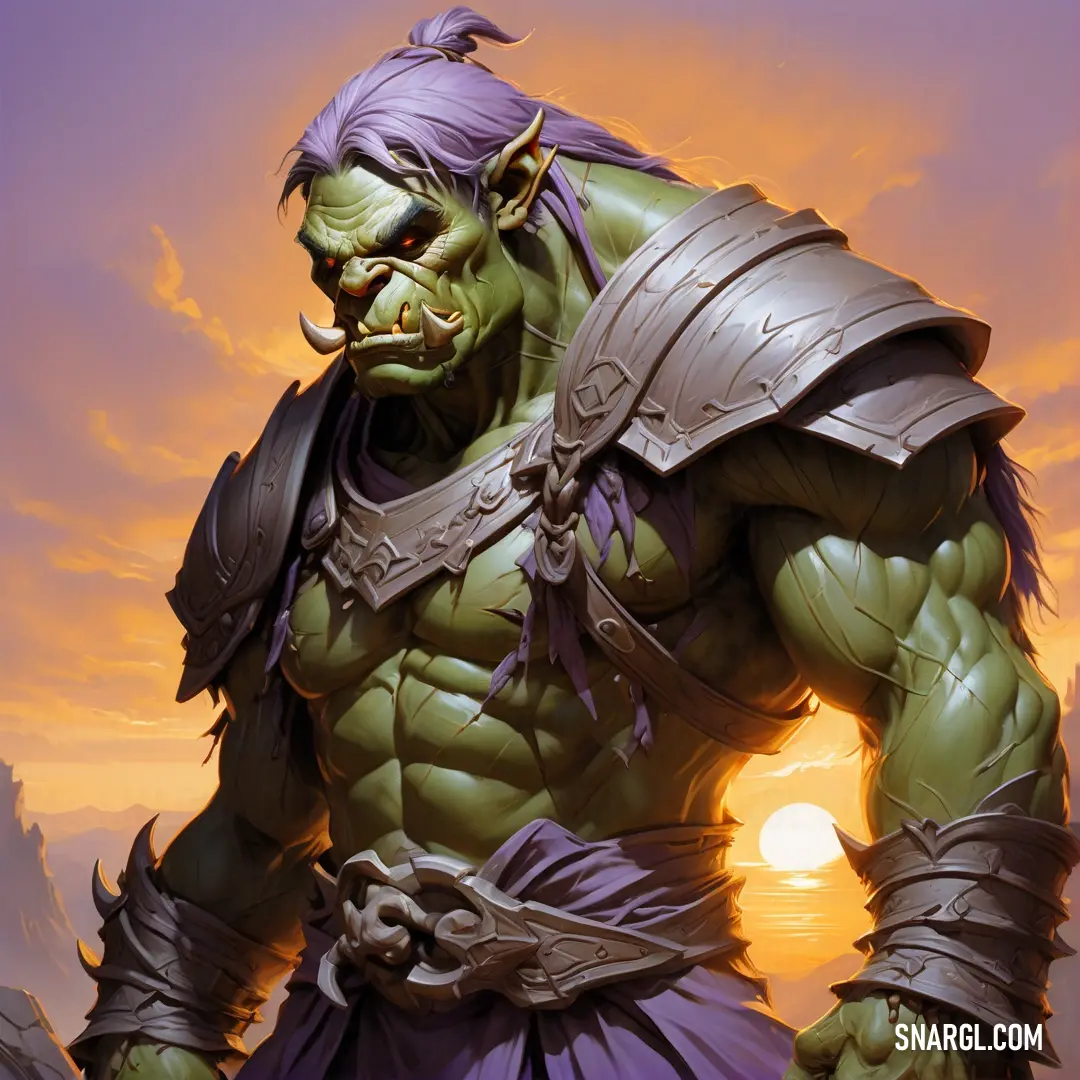
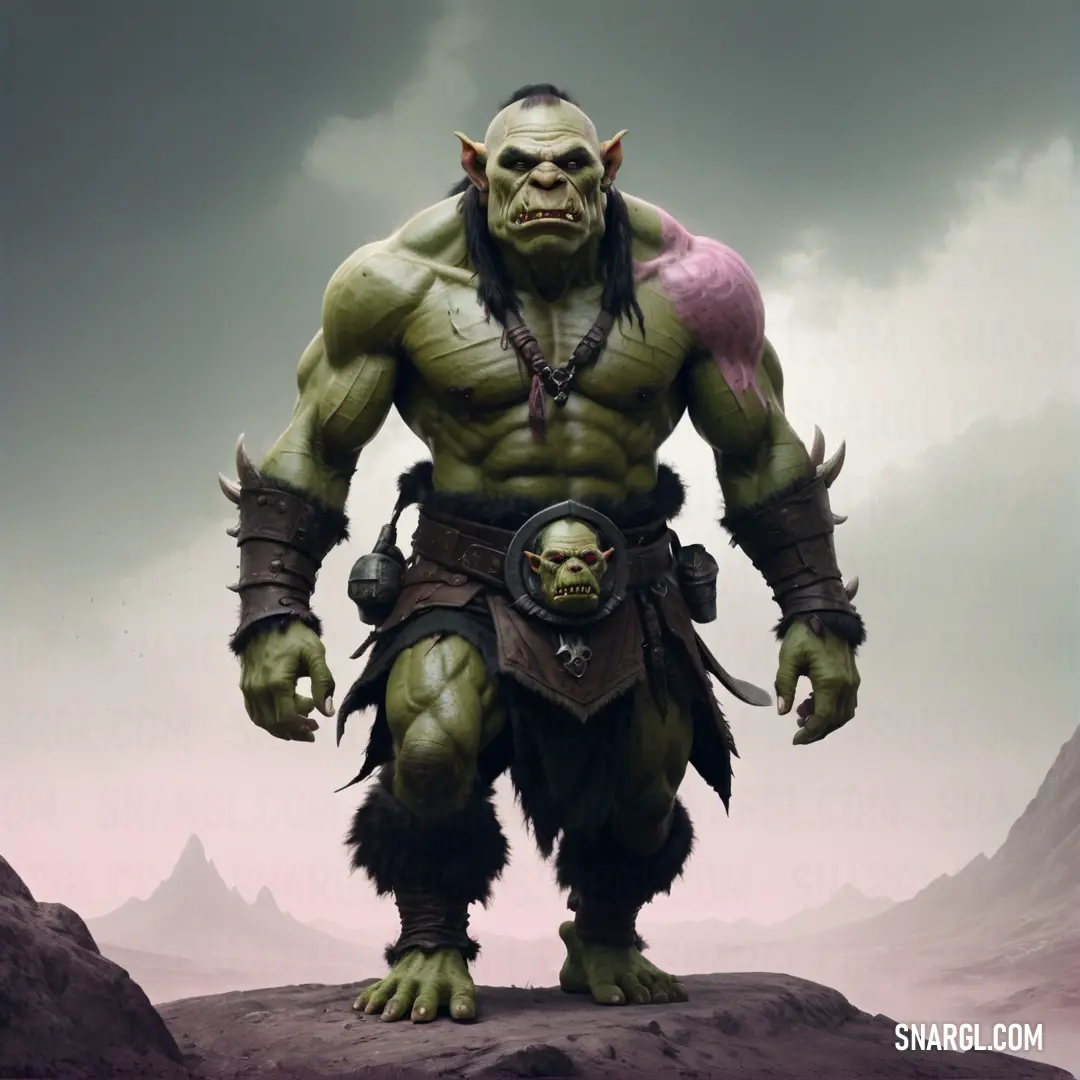
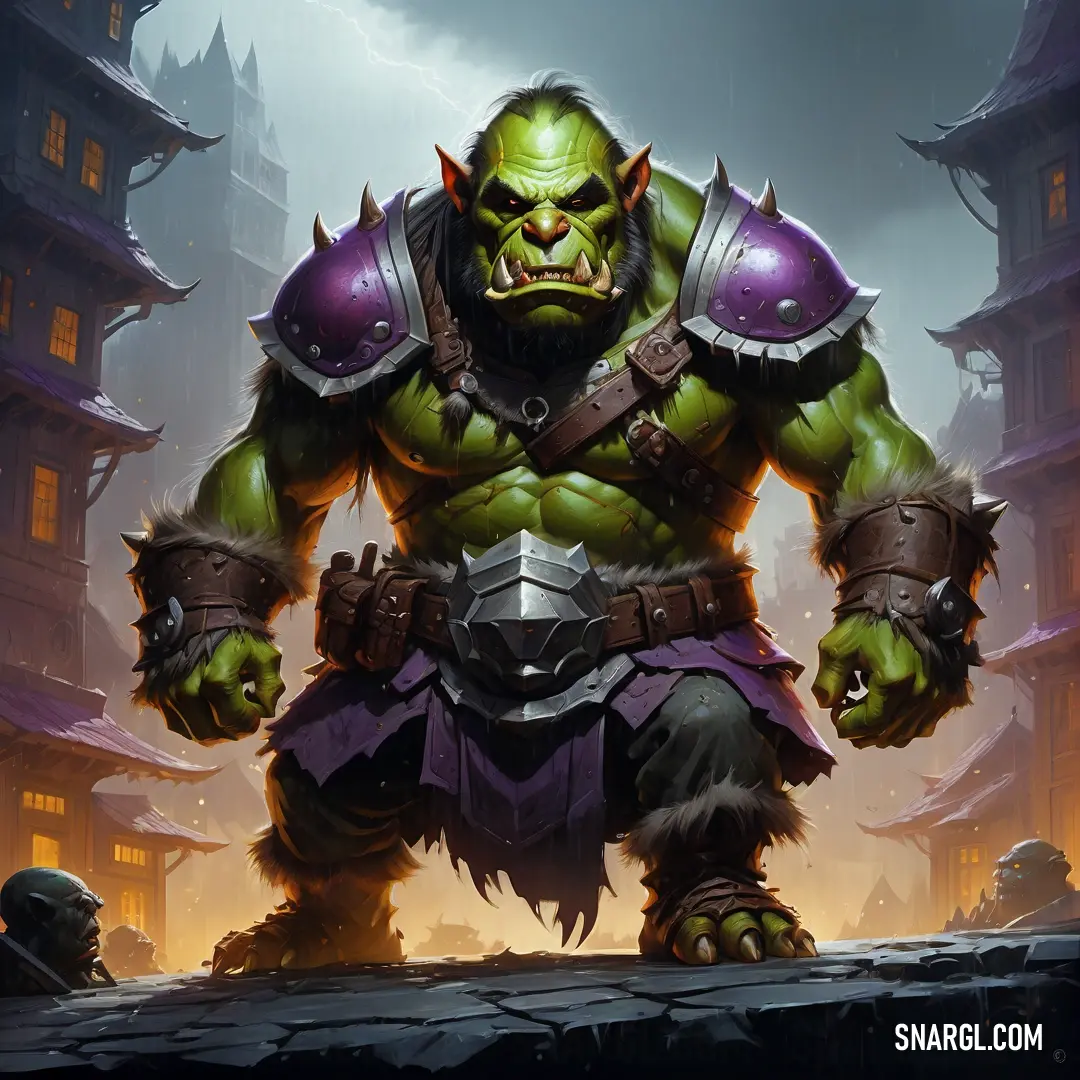
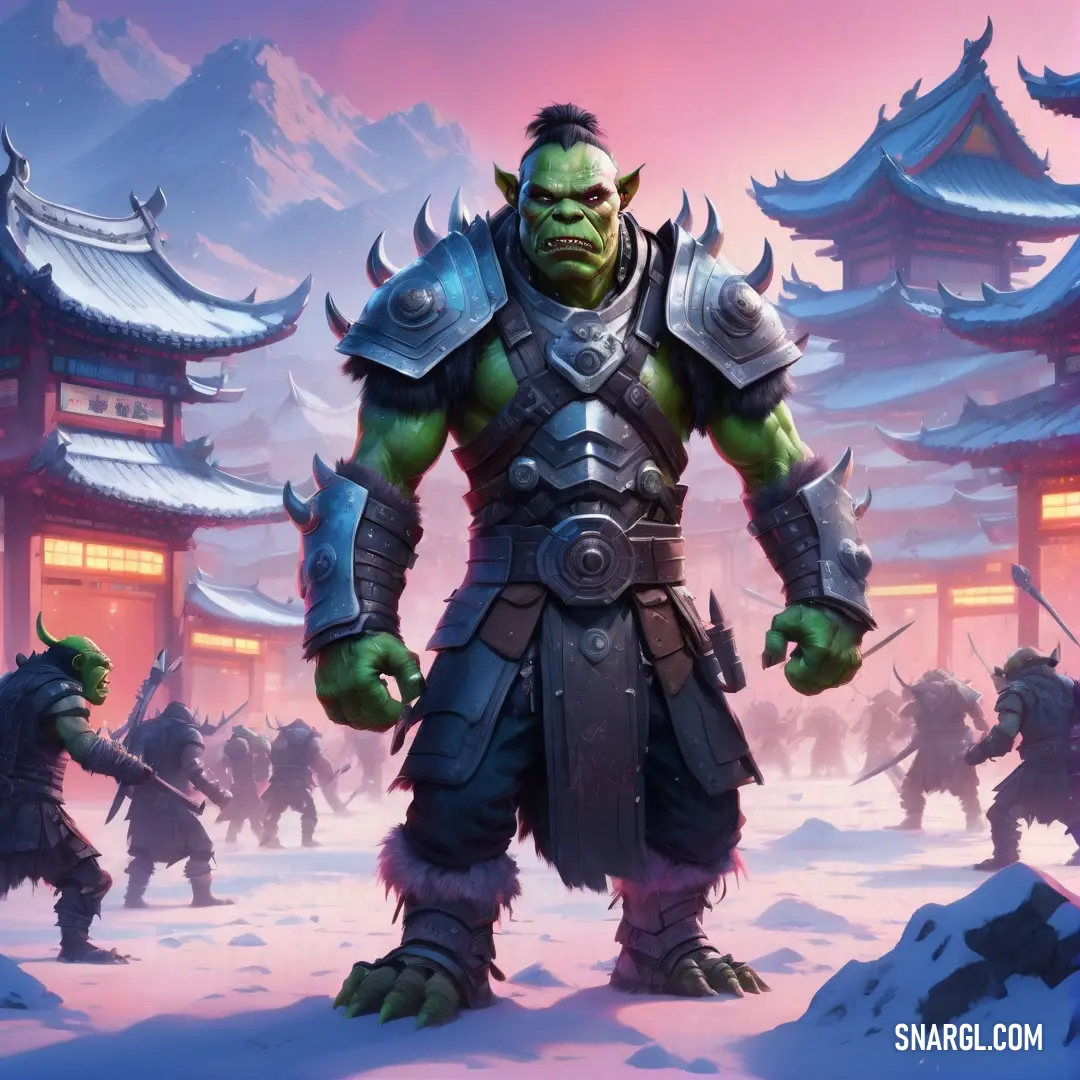
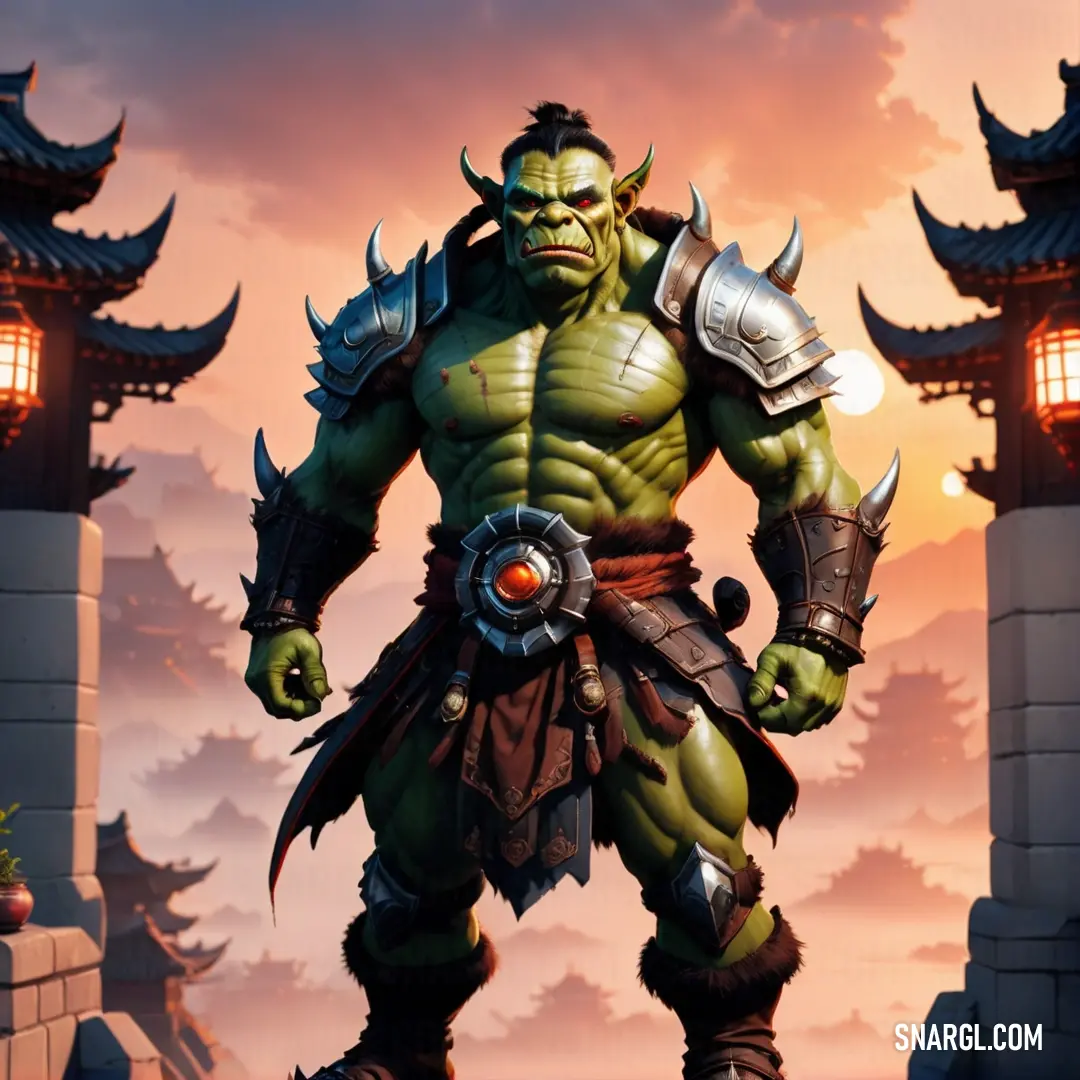
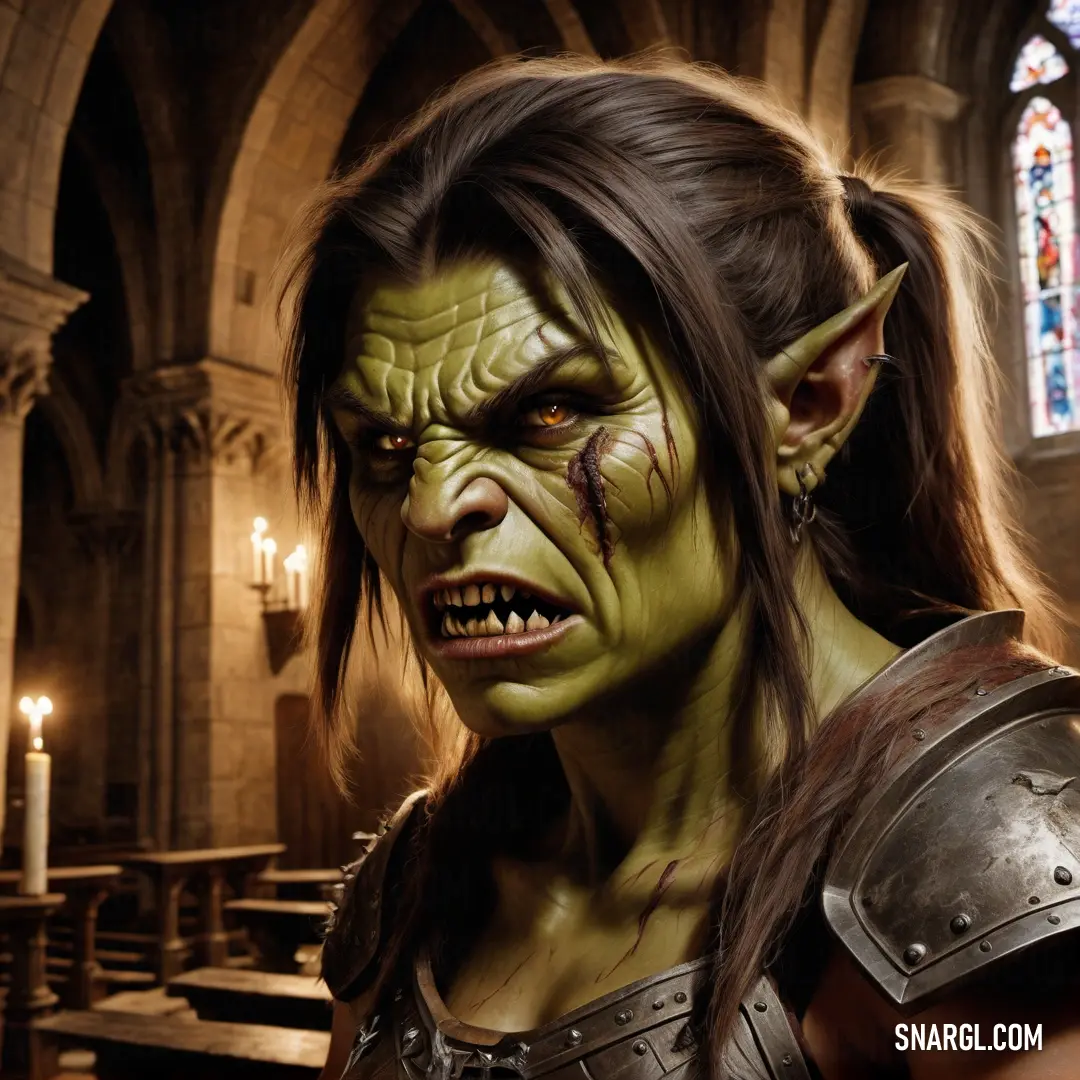
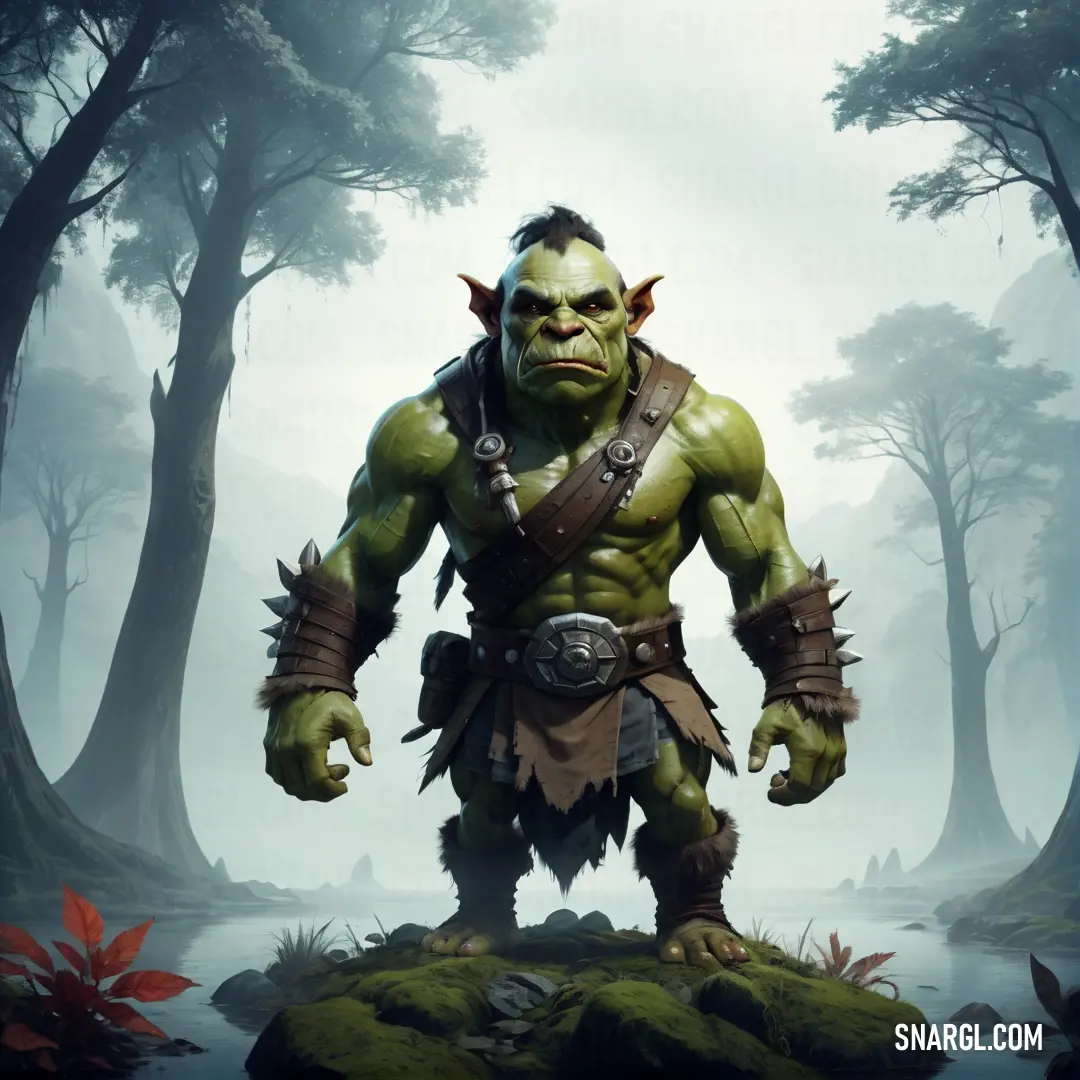
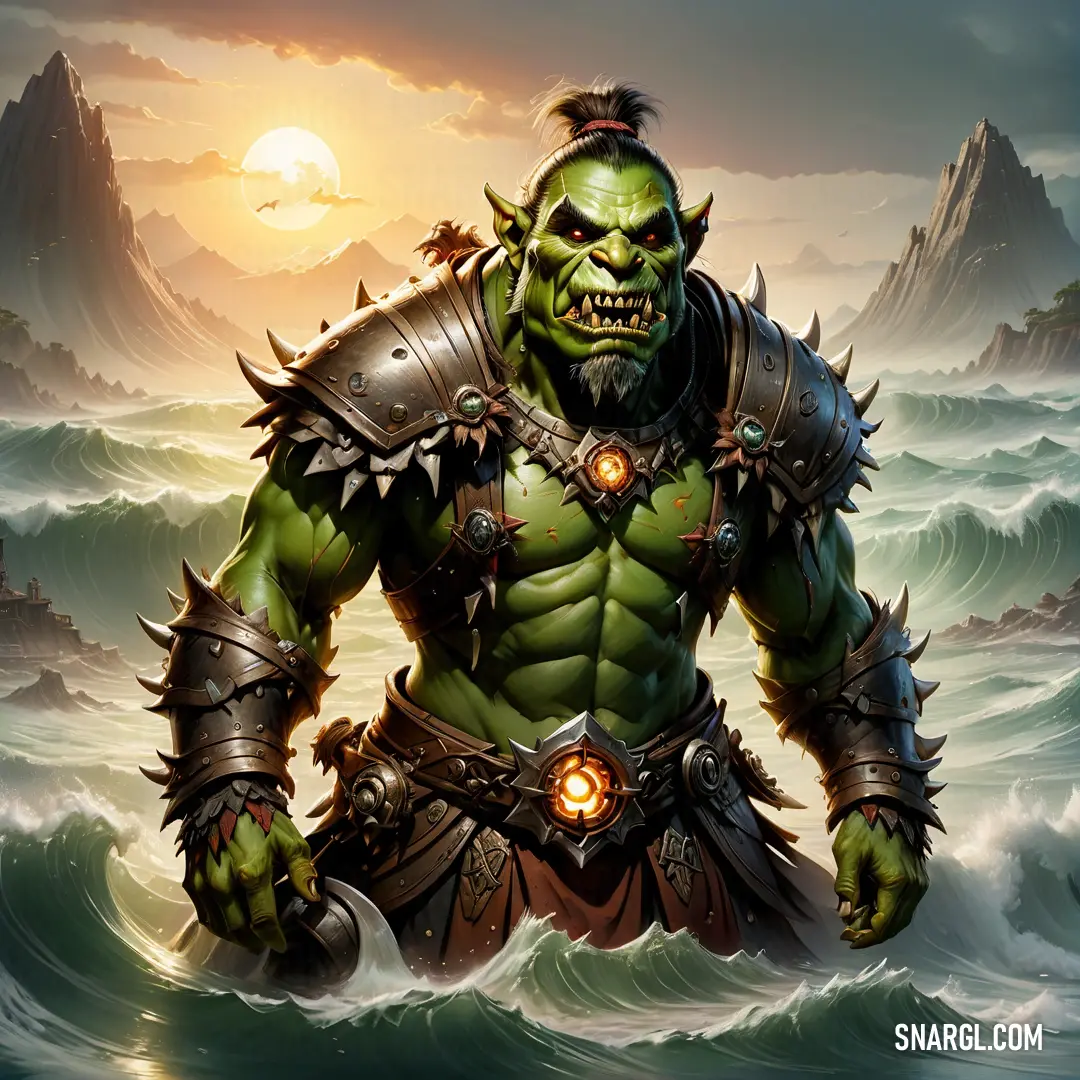
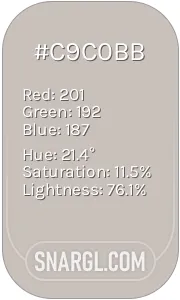 Pale silver
Pale silver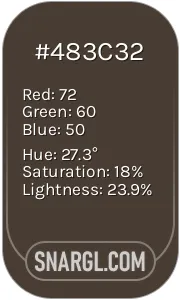 Dark lava
Dark lava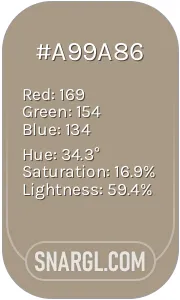 Grullo
Grullo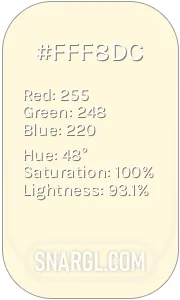 Cornsilk
Cornsilk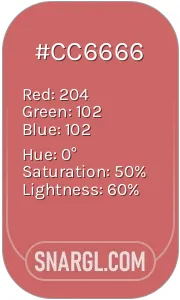 Fuzzy Wuzzy
Fuzzy Wuzzy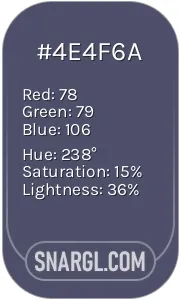 Pang
Pang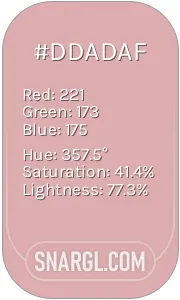 Pale chestnut
Pale chestnut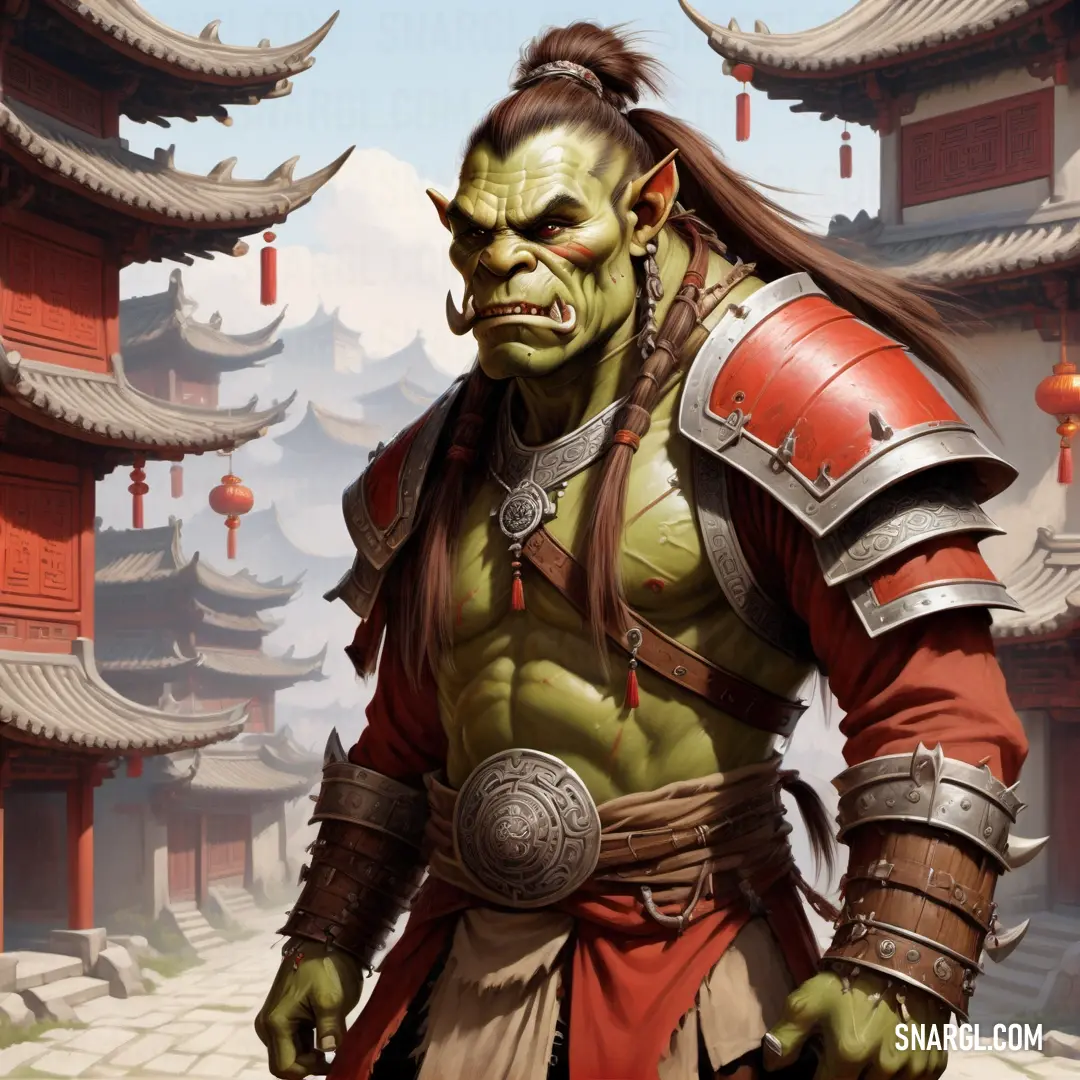
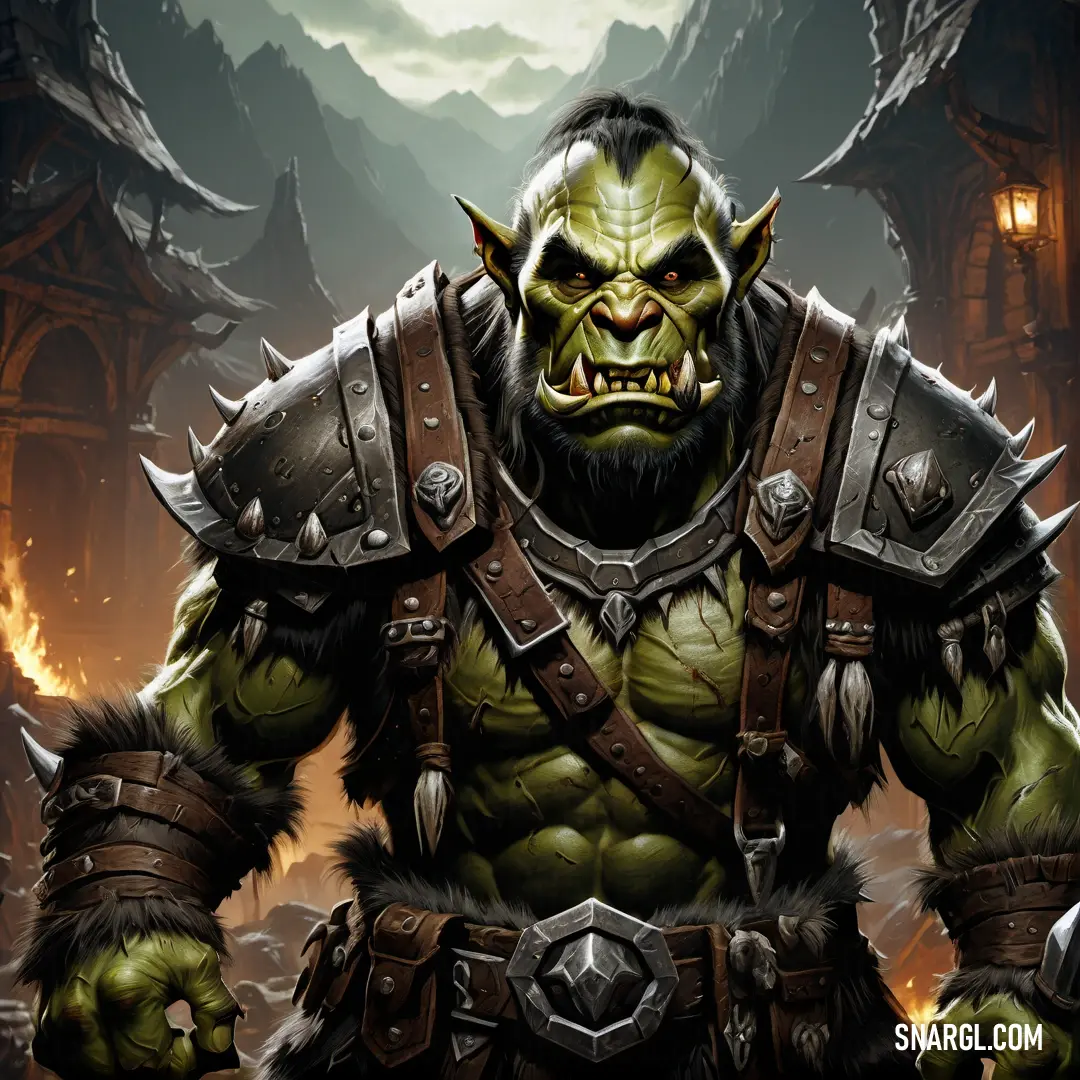
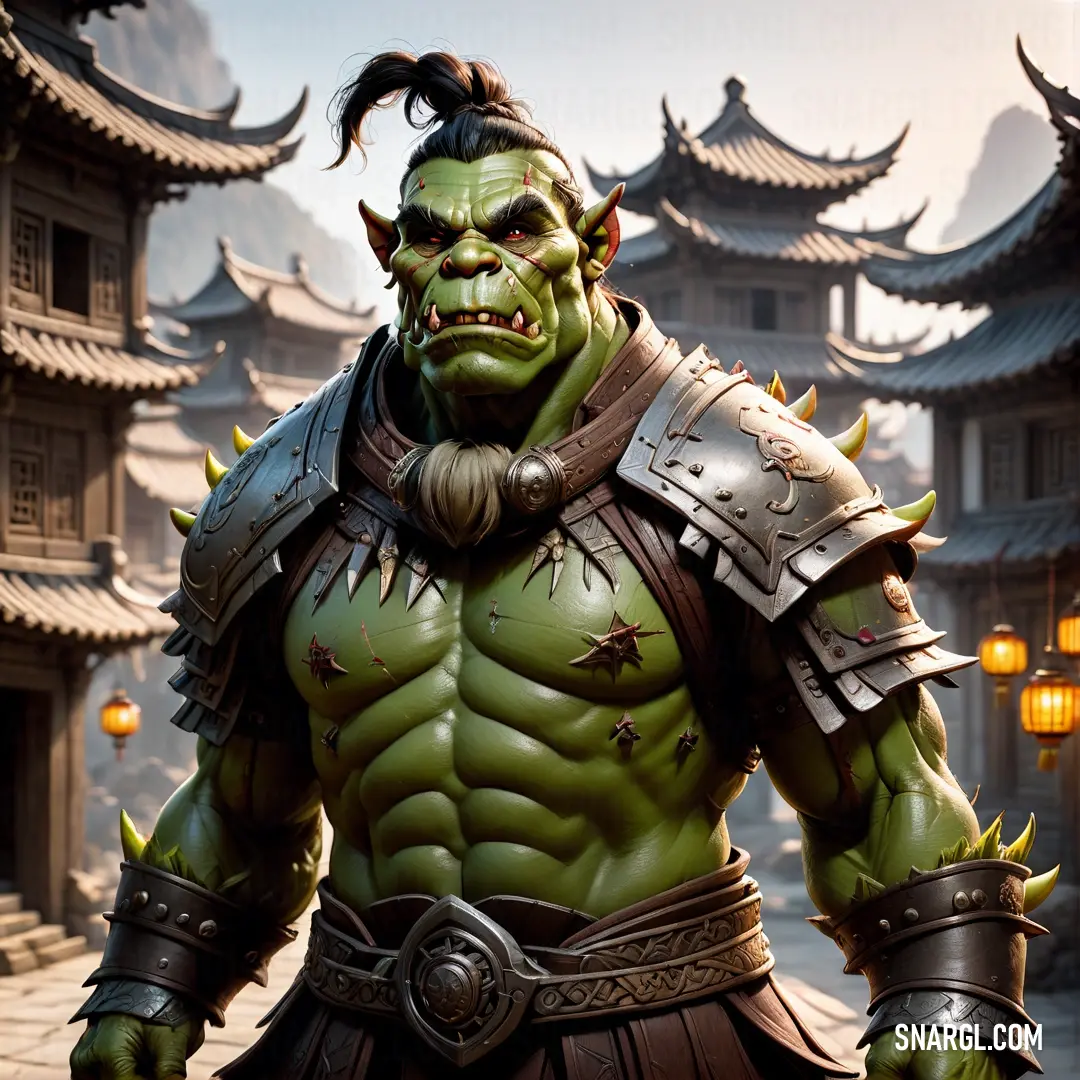
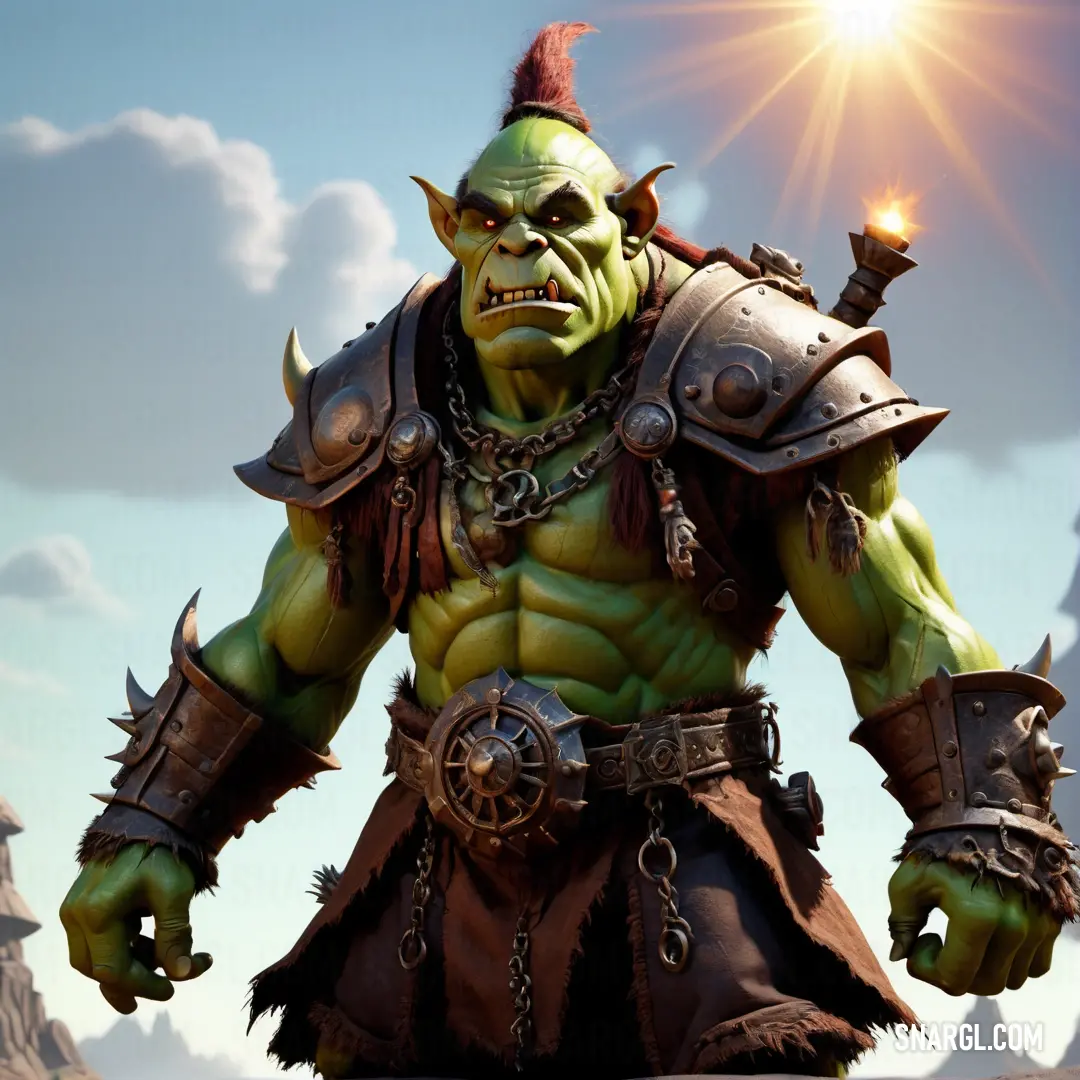
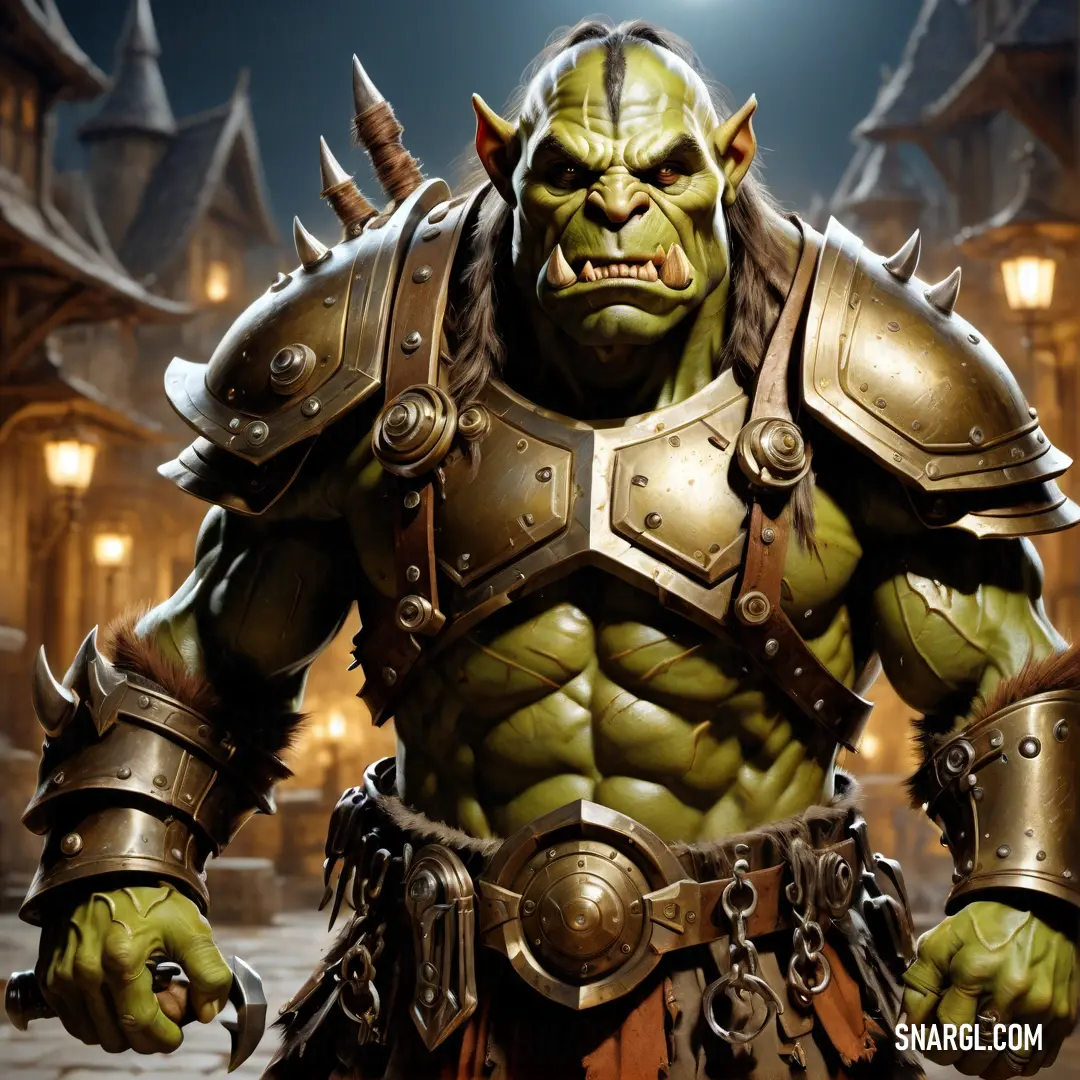
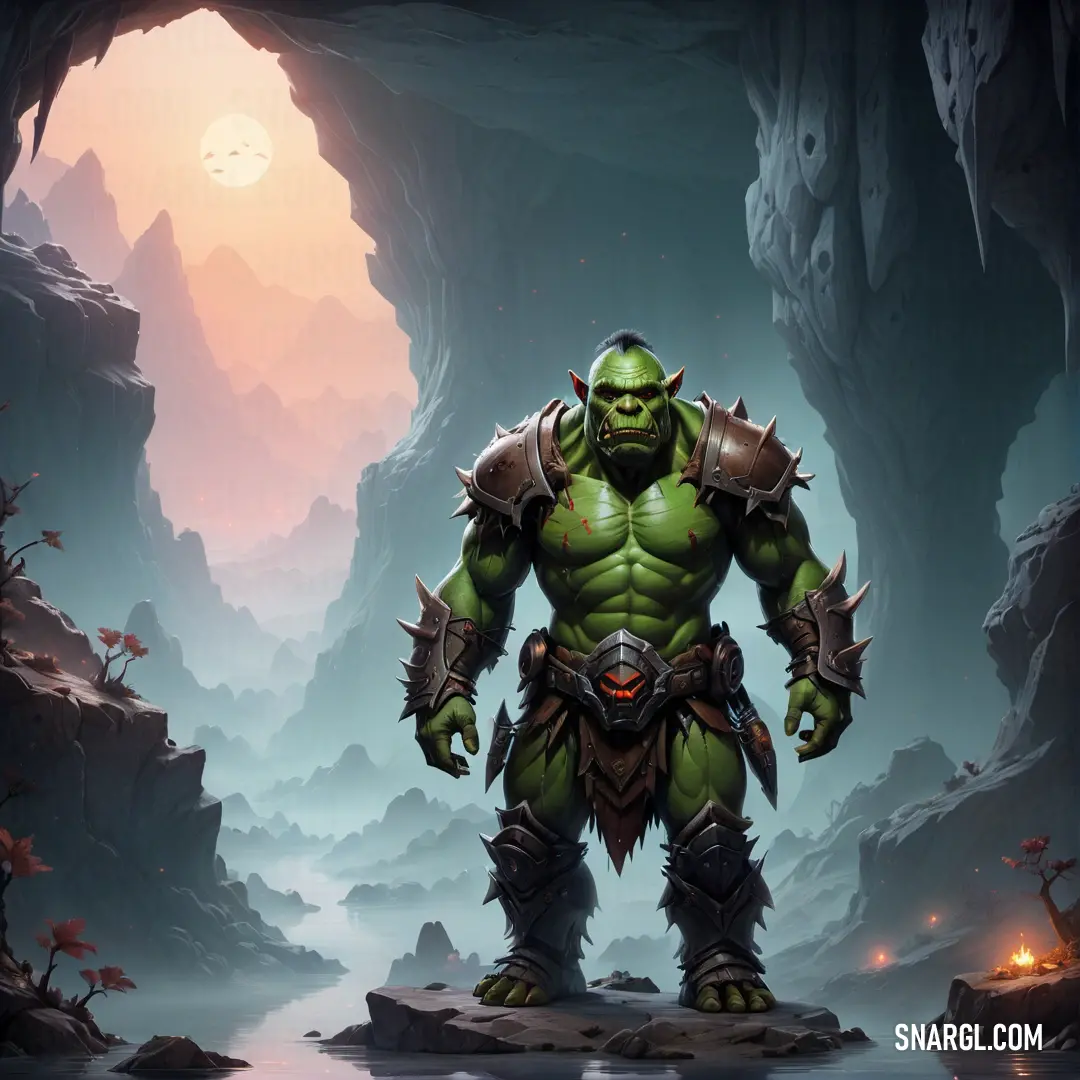
 Dark jungle green
Dark jungle green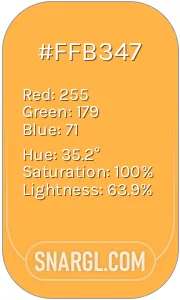 Pastel orange
Pastel orange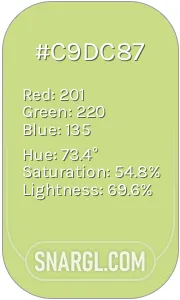 Medium spring bud
Medium spring bud Jasper
Jasper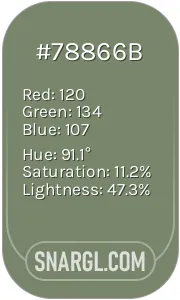 Camouflage green
Camouflage green







